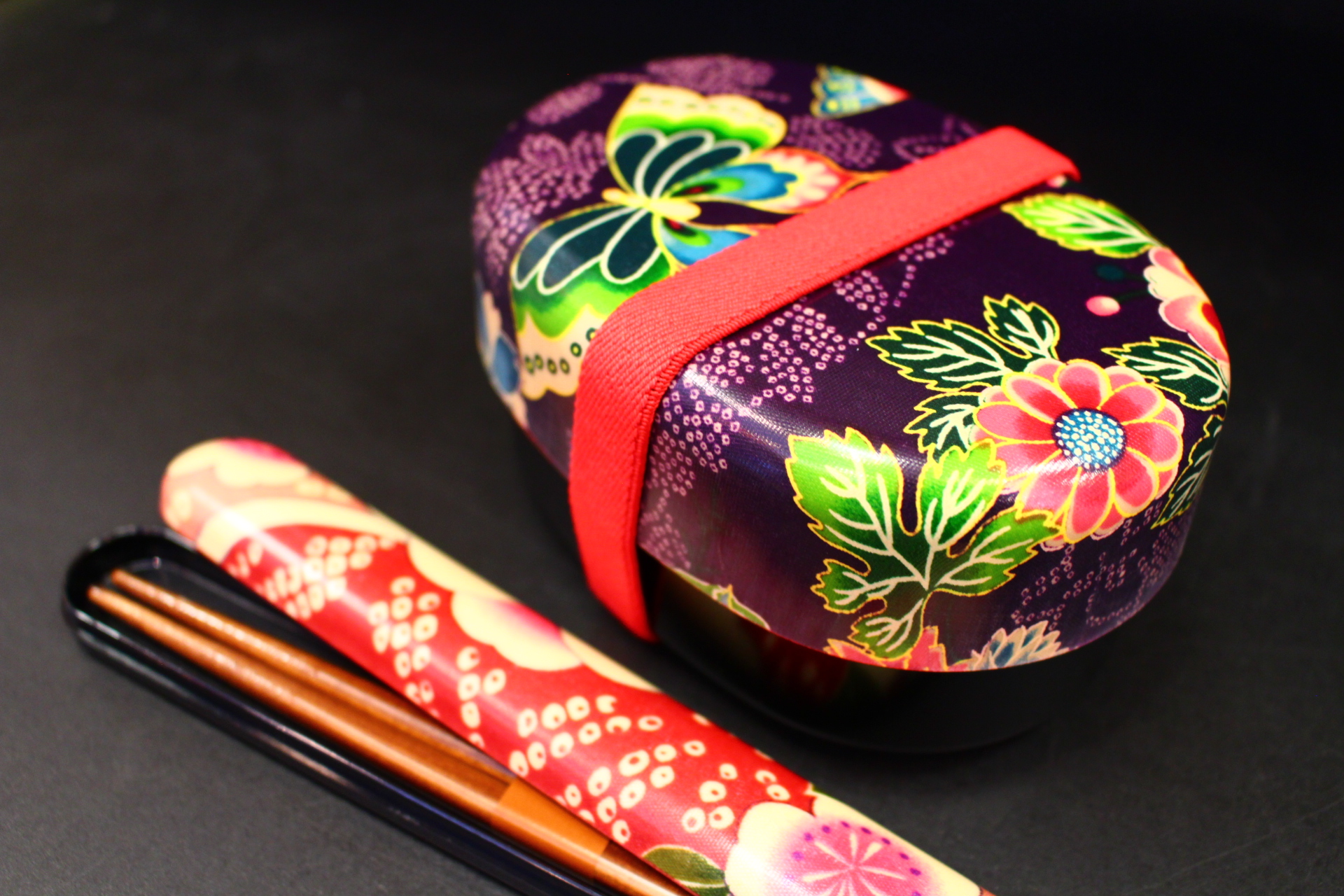
No51 [CUSTOM] Lunch with a special touch
A tradition of creating lunch boxes that started in kabuki the at res now permeates daily Japanese life. In the U.K., many people associate […]

A tradition of creating lunch boxes that started in kabuki the at res now permeates daily Japanese life. In the U.K., many people associate […]
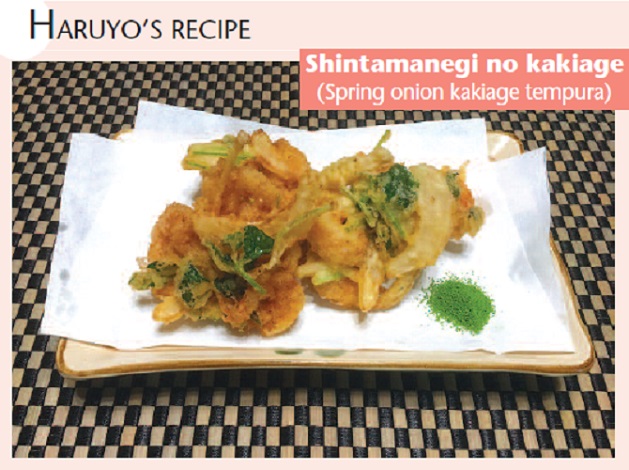
How to prepare 1 – Slice the onion and mitsuba into 3 cms thick pieces. clean the shrimps, drain them and reserve. 2 – In a bowl, […]
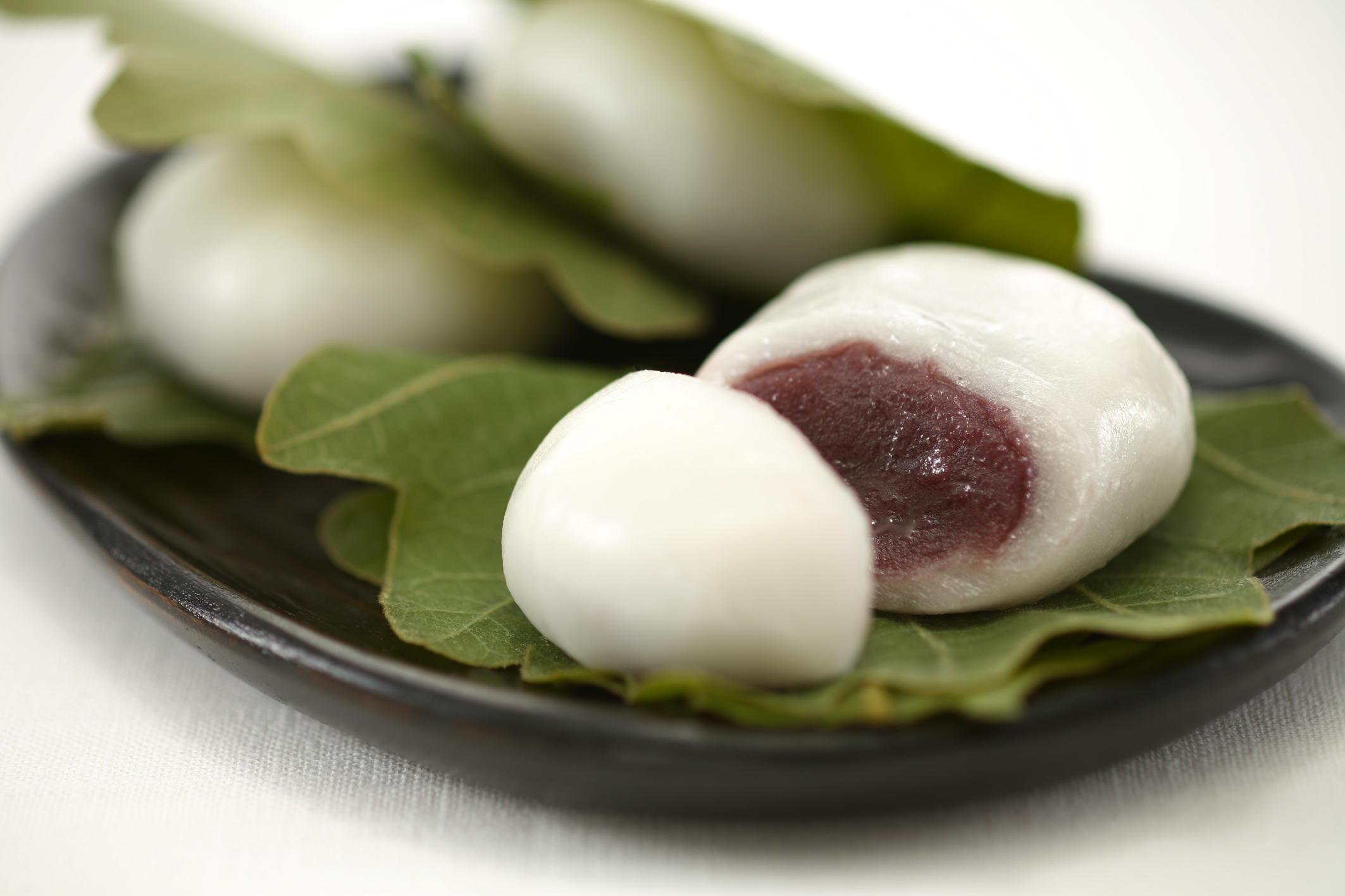
Kashiwa mochi is a kind of traditional Japanese sweet that slightly resembles a white clamshell. It is made from a sticky rice cake filled with […]
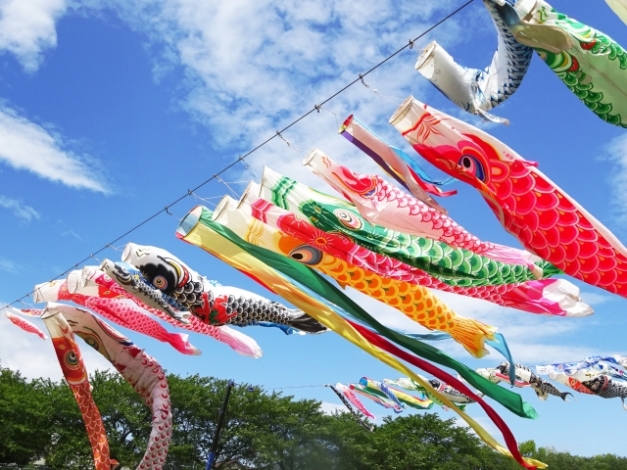
In Japan, the 5th of May is a day of celebration for the health and growth of children, especially boys. There are quite a few […]
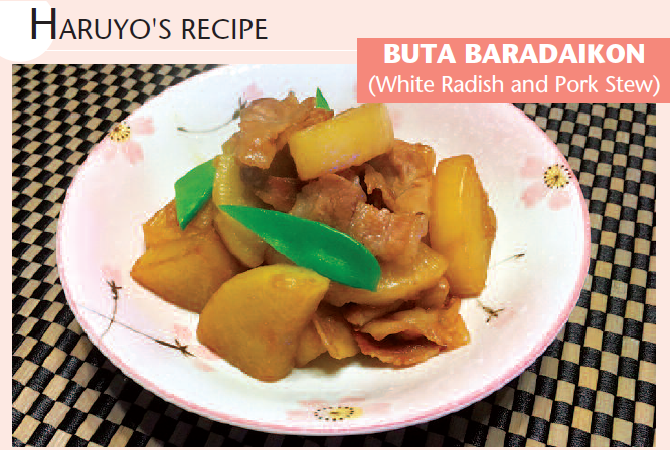
How to prepare 1 – Slice the radish into quarters of 1 to 2 centimeters in thickness. 2 – heat the sesame oil in a […]

In Zoom Japan vol.48 we covered how food delivery services, called demae in Japanese, have been an important part of Japanese food culture. In recent […]
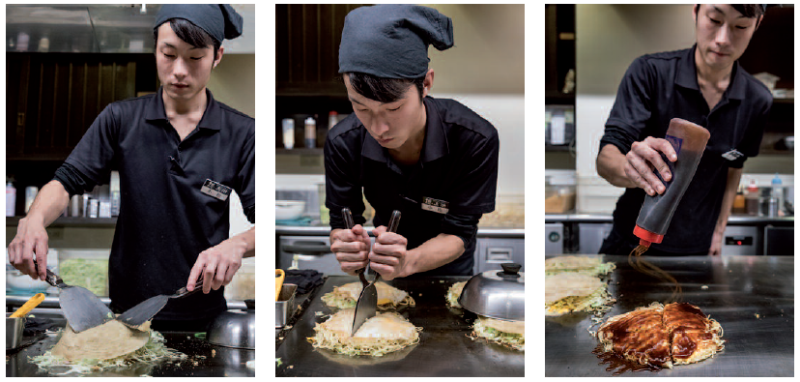
The Hiroshima region is noted for its wealth of gastronomic riches, with something to please everyone. As with most other regions in Japan, no food […]
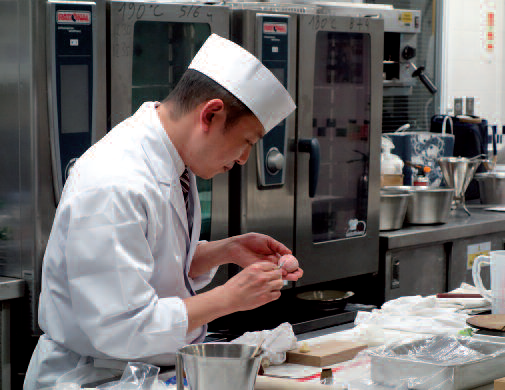
An event dedicated to Japanese confectionery (wagashi) was recently held in London on the 8th of February. The wagashi event held at Le Cordon Bleu […]
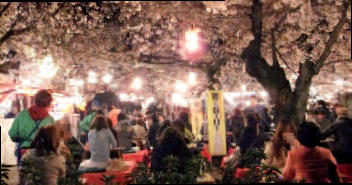
In japan, the fall of the cherry blossoms announces the start of spring. many temples, shrines, parks and schools, as well as private houses have […]
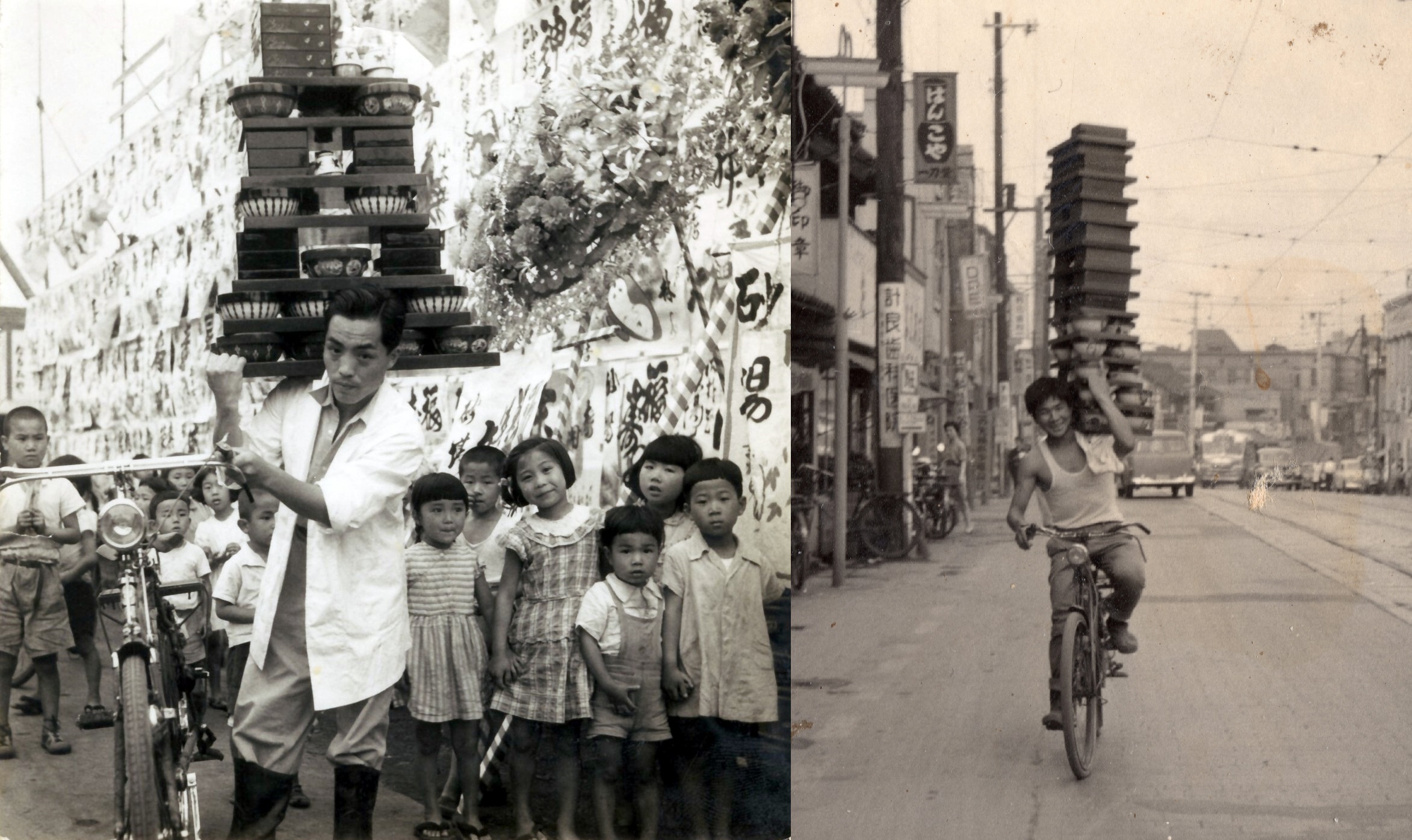
They say that people delivered soba and udon noodles in Japan as early as the Edo period started in 1603. Food delivery, called demae in […]
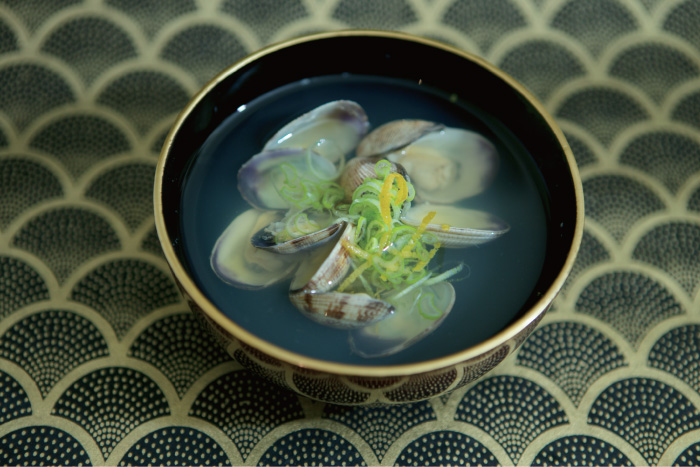
Clear soup with clams The multiple layers of patterning on fresh clams are simply mesmerizing to the eye. Whenever I find good clams I cannot […]
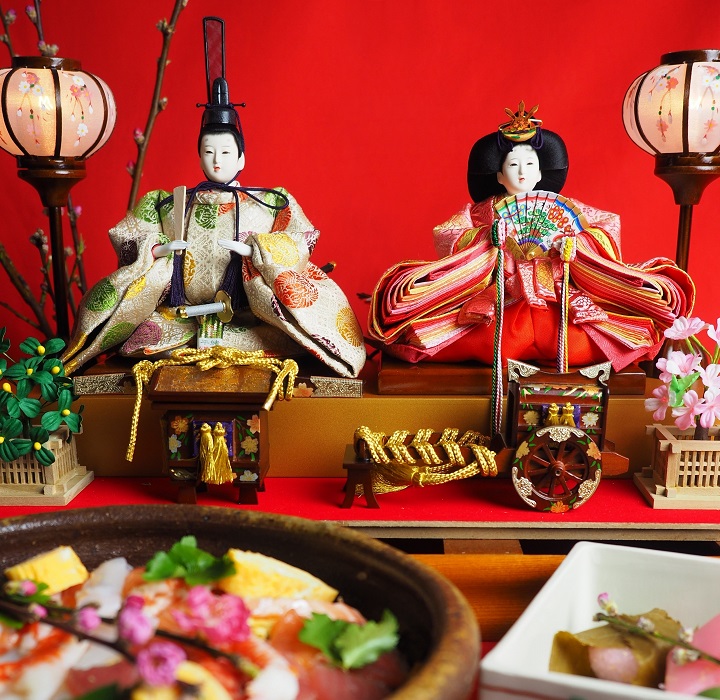
There are special days set aside in Japan to wish health and growth for children, and the 3rd of March, known as “Momo no sekku” […]
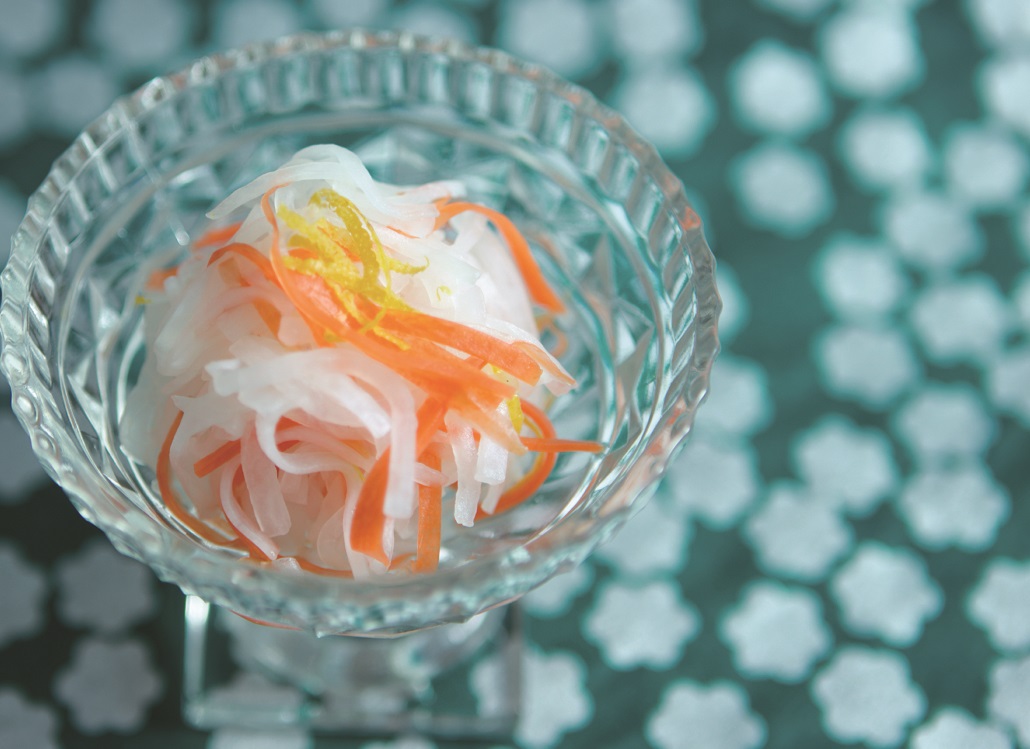
Mouli and carrot salad For a traditional Japanese housewife there is no such thing as the post-Christmas blues, as she will be busy shopping, preparing […]
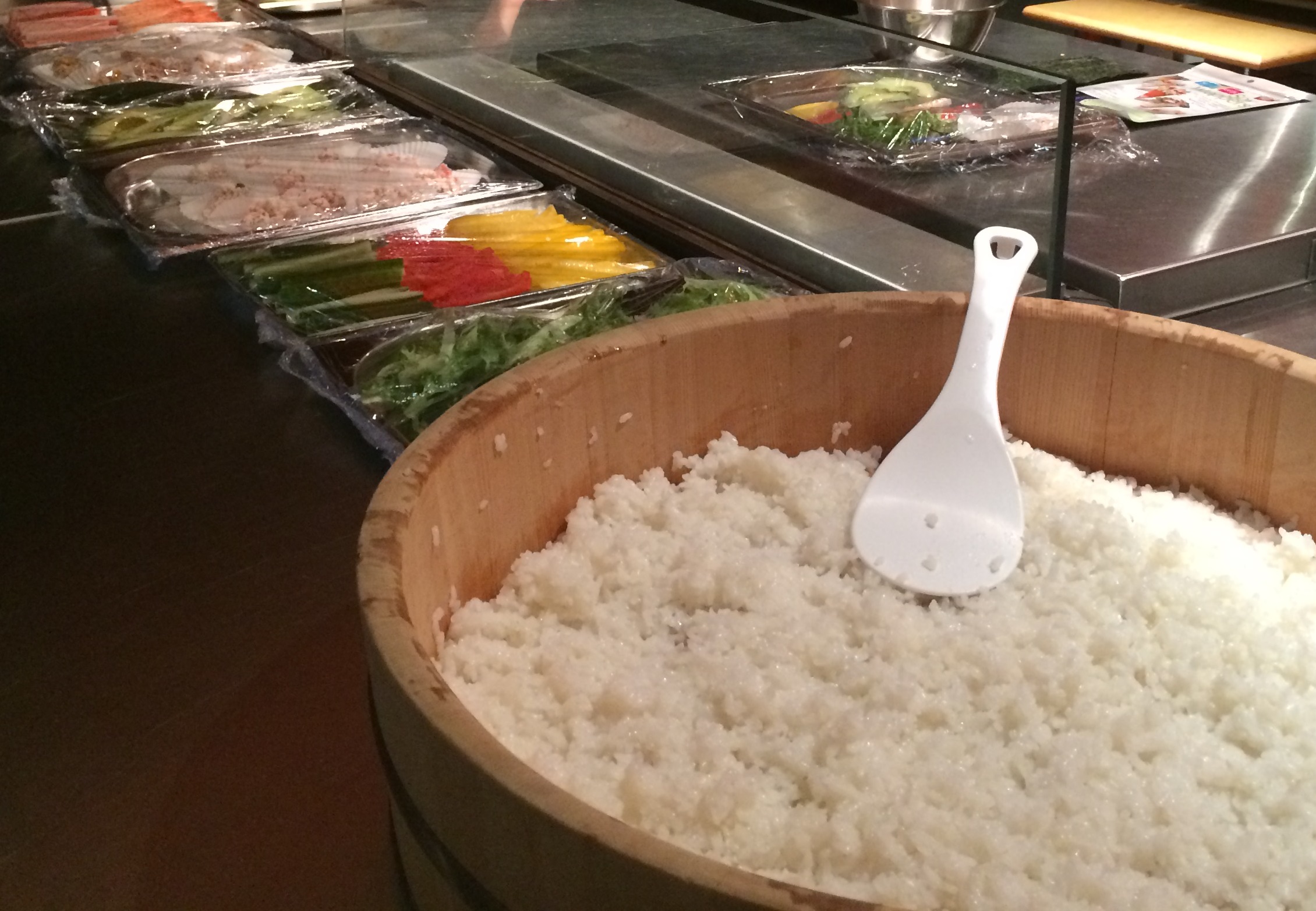
This unique event held on Friday the 11th of November brought together 30 English and Japanese speakers. The most important thing about learning a language […]
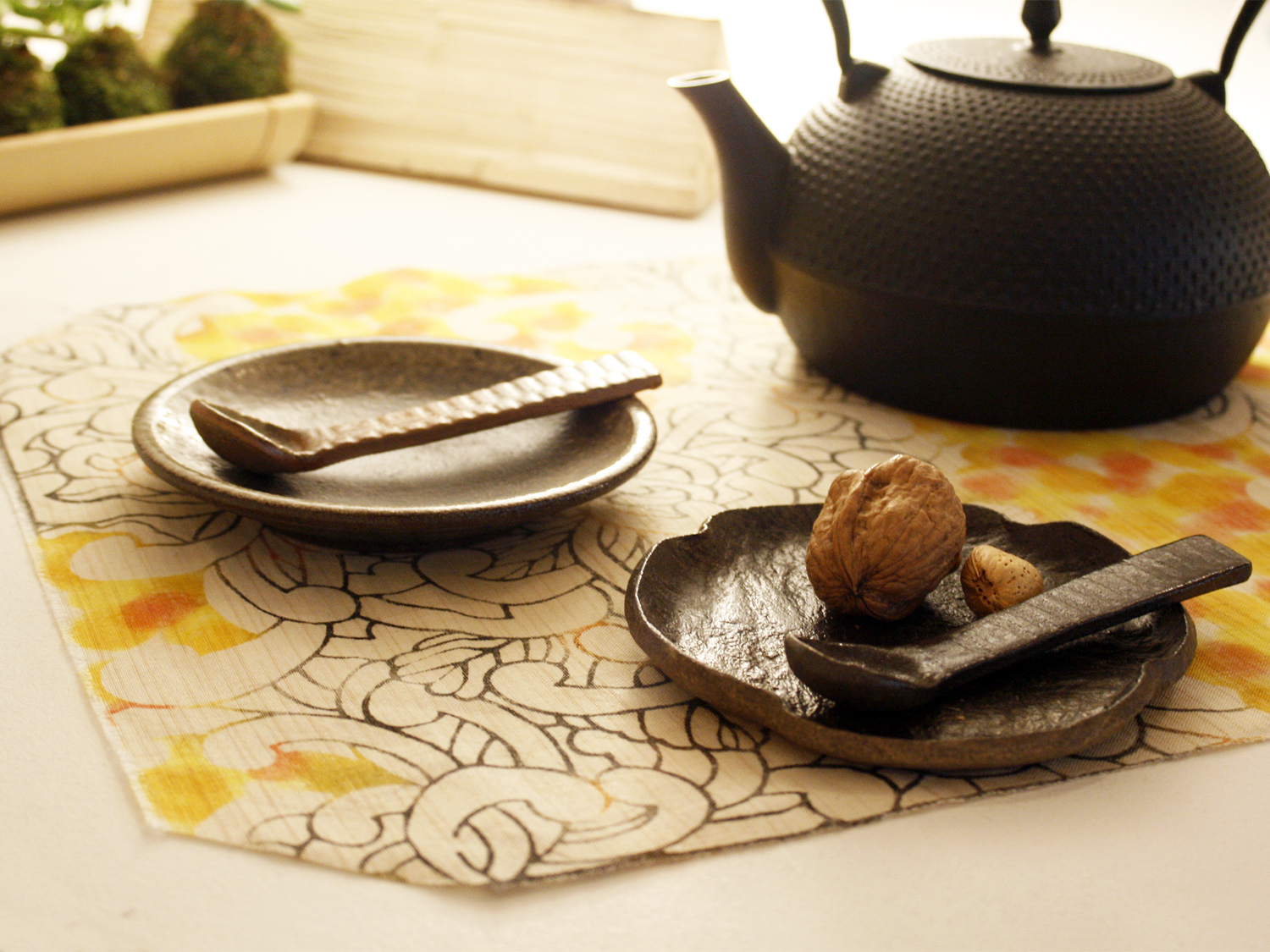
The pottery village of Mashiko was the most important site of the mingei folk art movement of the early 20th century. although they do not […]
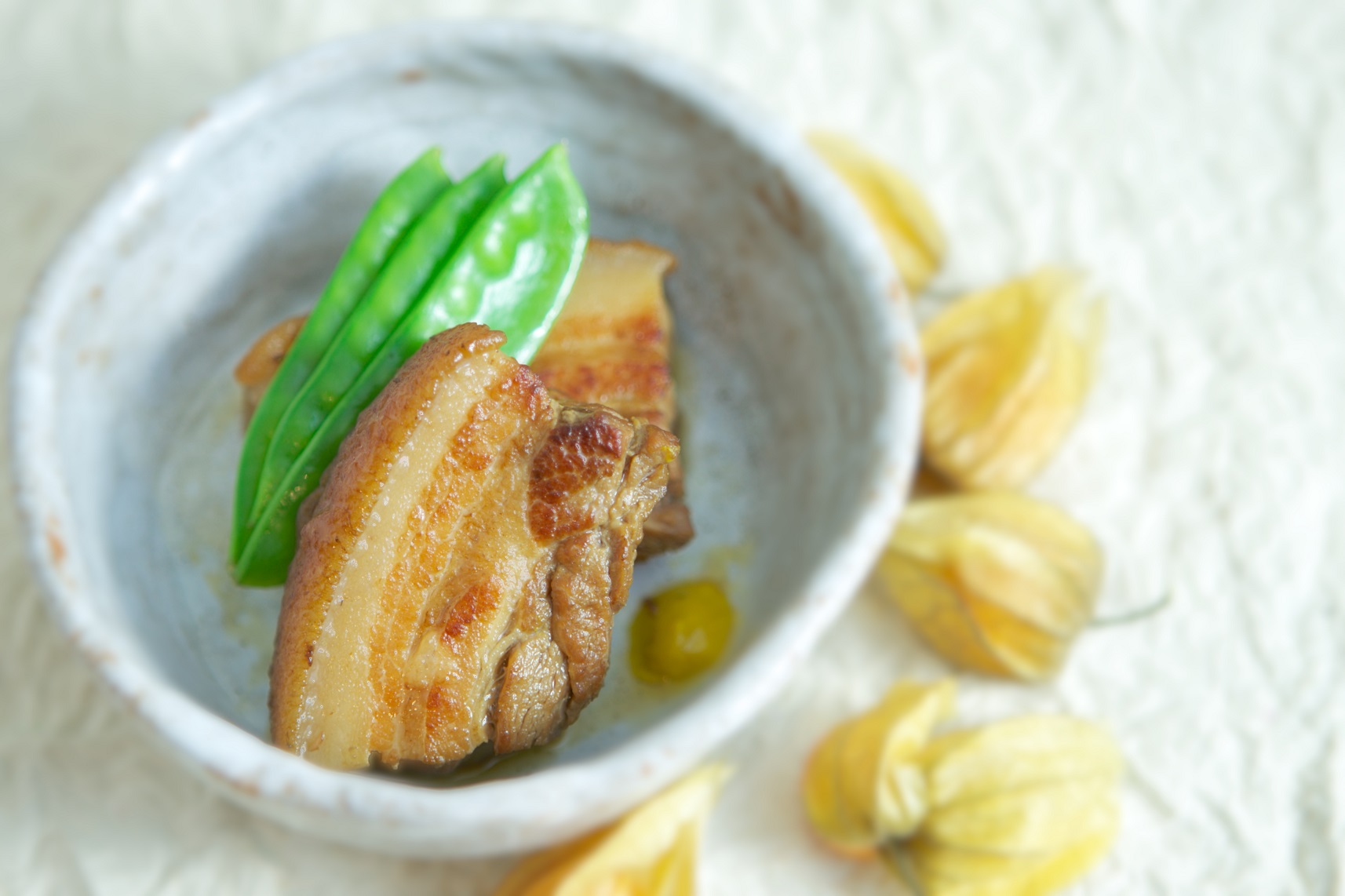
Braised pork in soy sauce This juicy and succulent pork recipe makes you want more and more. If you can get a nice cut of […]
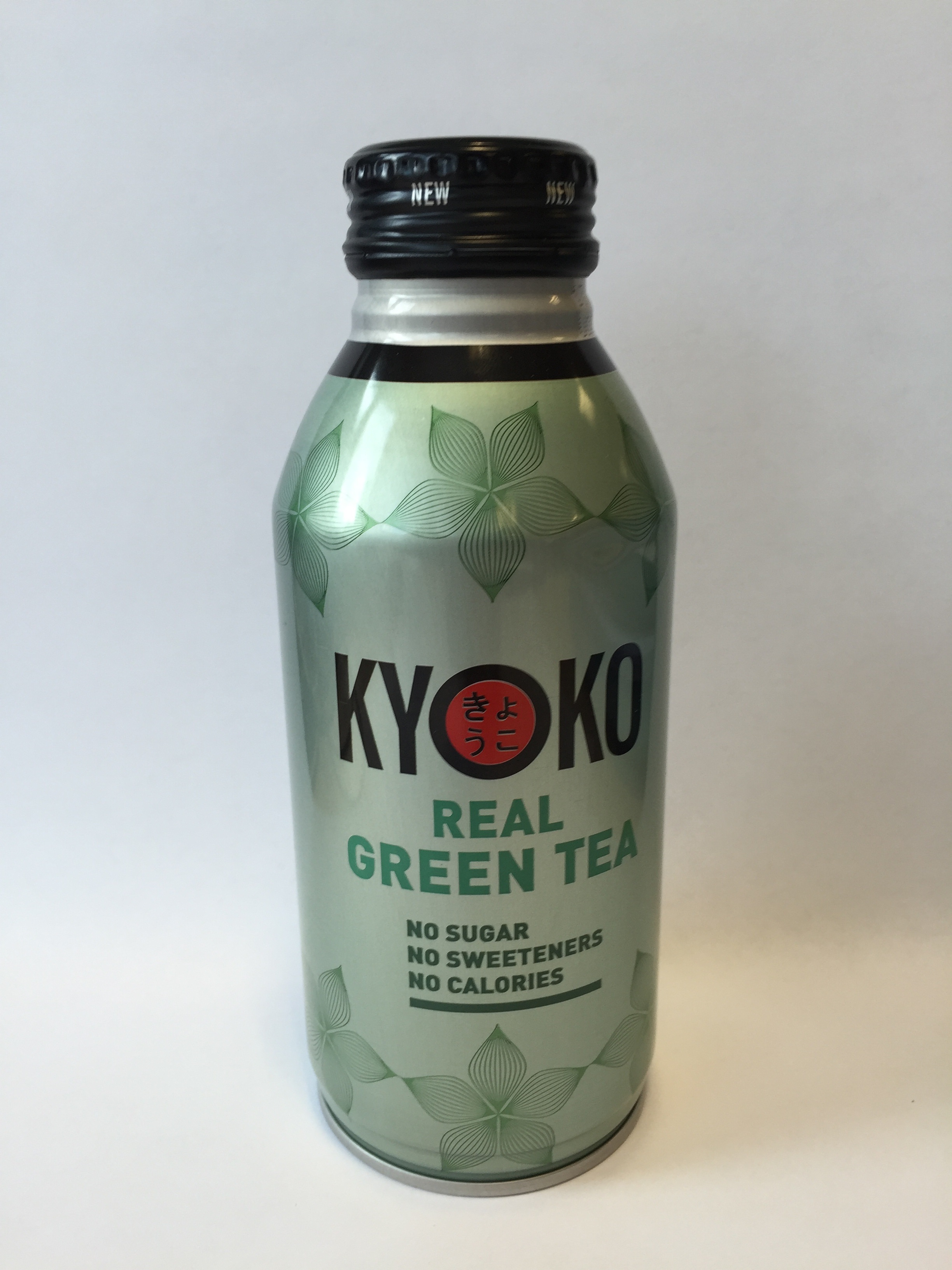
There is more to the deep-rooted popularity of ryokucha drinks than just their health benefits. It was around 30 years ago, in 1985, when the […]
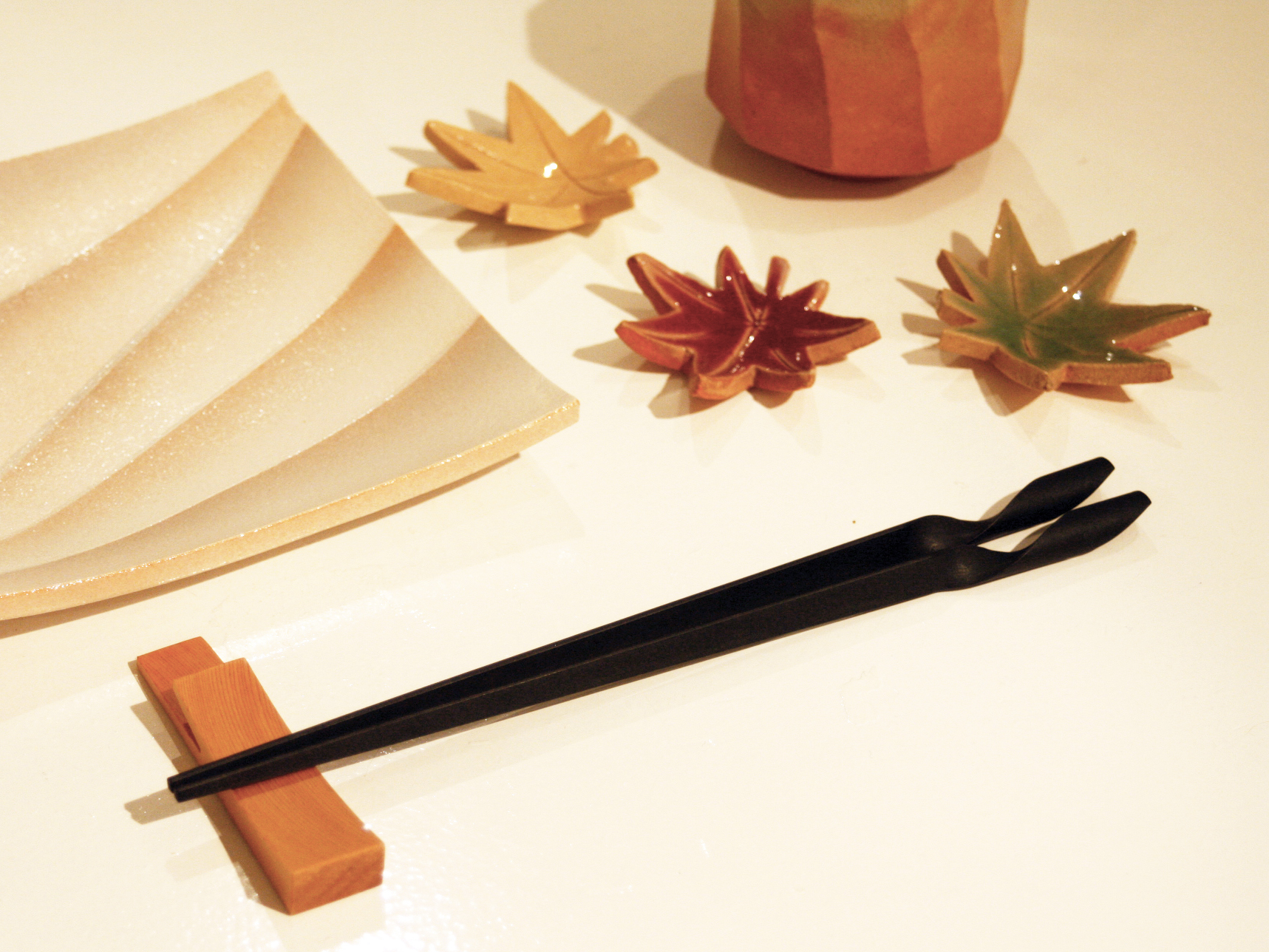
It is unknown when exactly chopsticks arrived in japan, but it is clear that by the 8th century, they had become the irreplaceable tool for […]

Tokyo Teshigoto is a project showcasing sophisticated handworks – “teshigoto” – of top craftsmen in Tokyo. We would like to introduce their range of tableware, […]
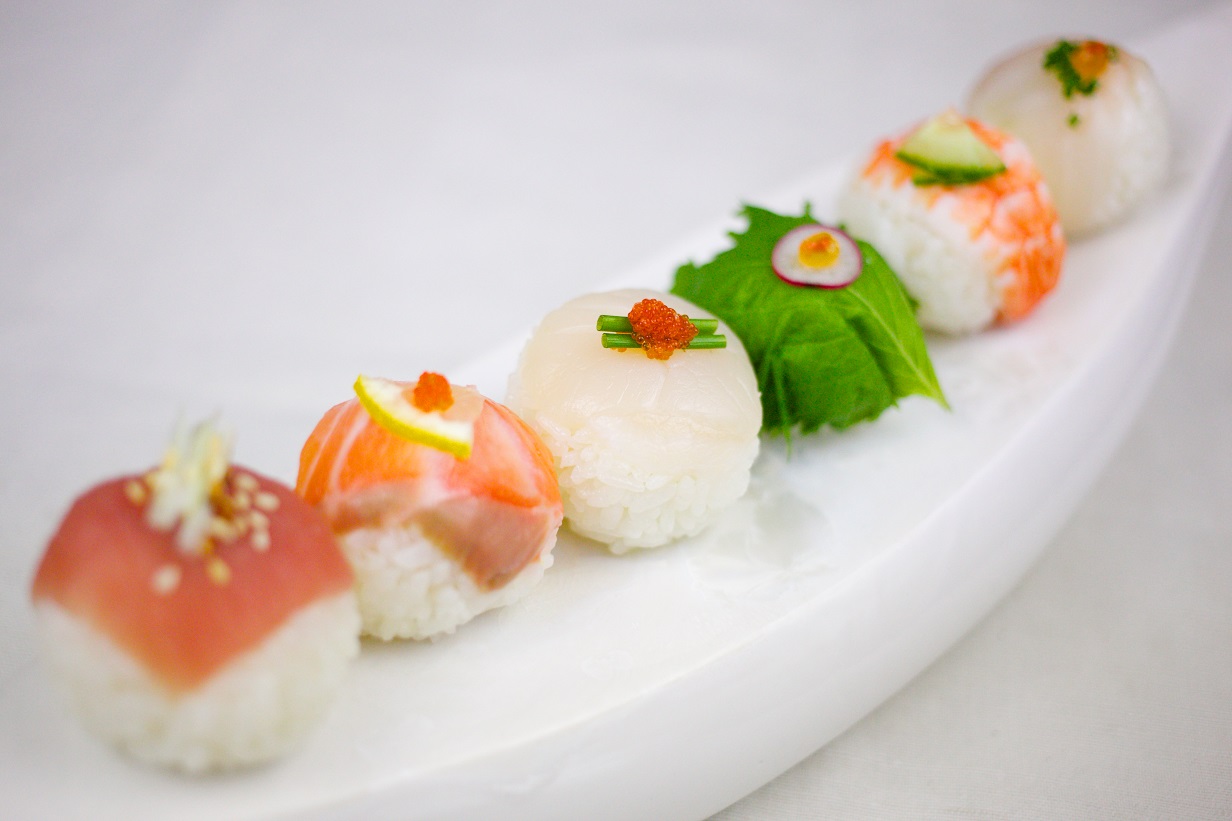
Temari sushi Sushi’s popularity exponentially increased over the last few years. It is now impossible to walk for a mile in central London without bumping […]
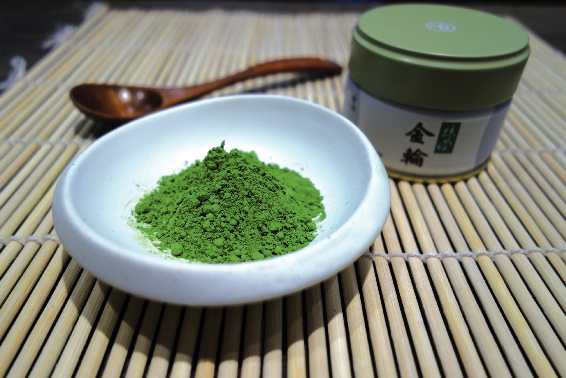
The matcha powdered tea of the Uji region has been closely tied to the tea ceremony from long ago. The Uji region is known throughout […]
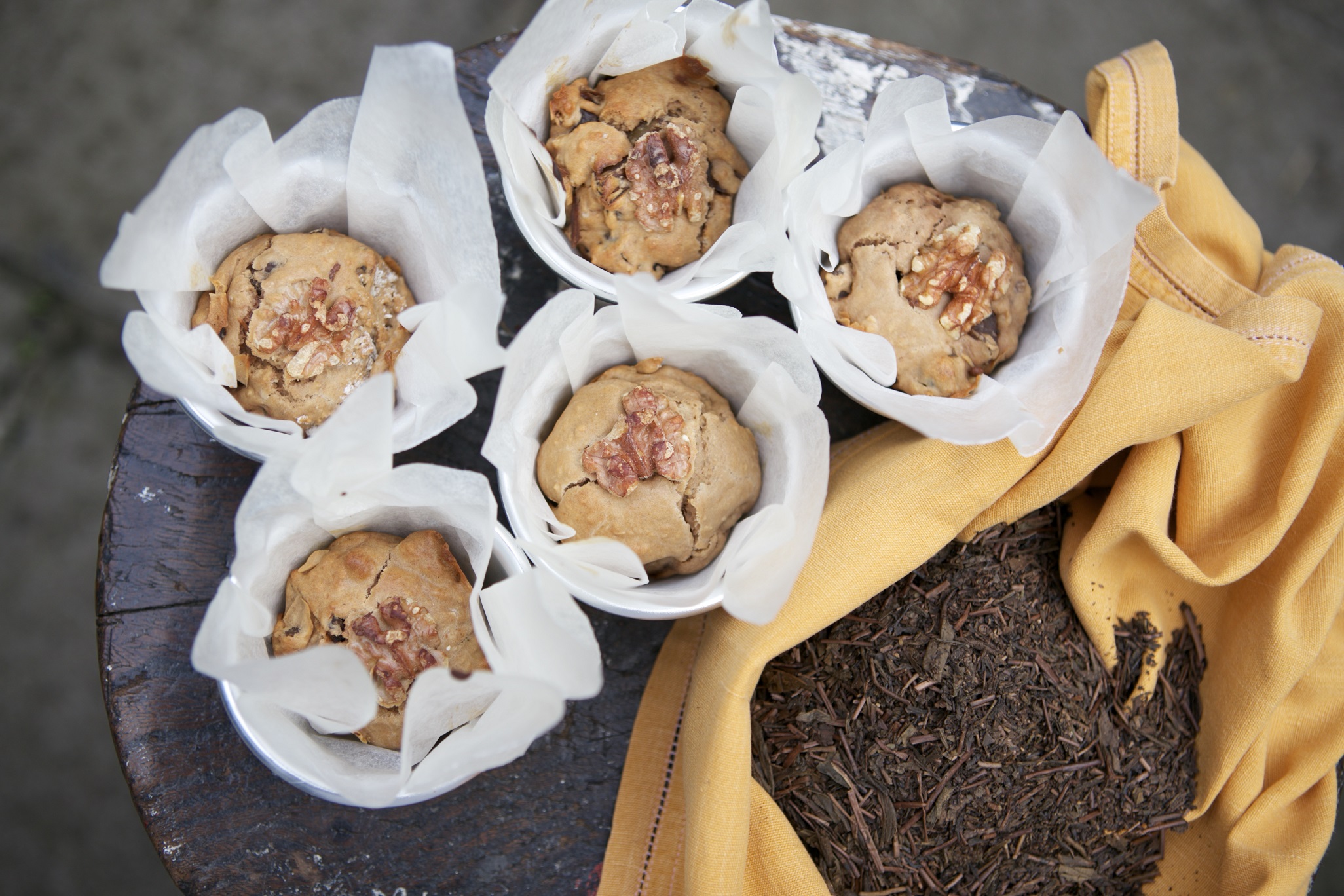
I have always loved hojicha, the rich, toasted brother to green tea. While most green teas are steamed, hojicha is slowly roasted until the tea […]
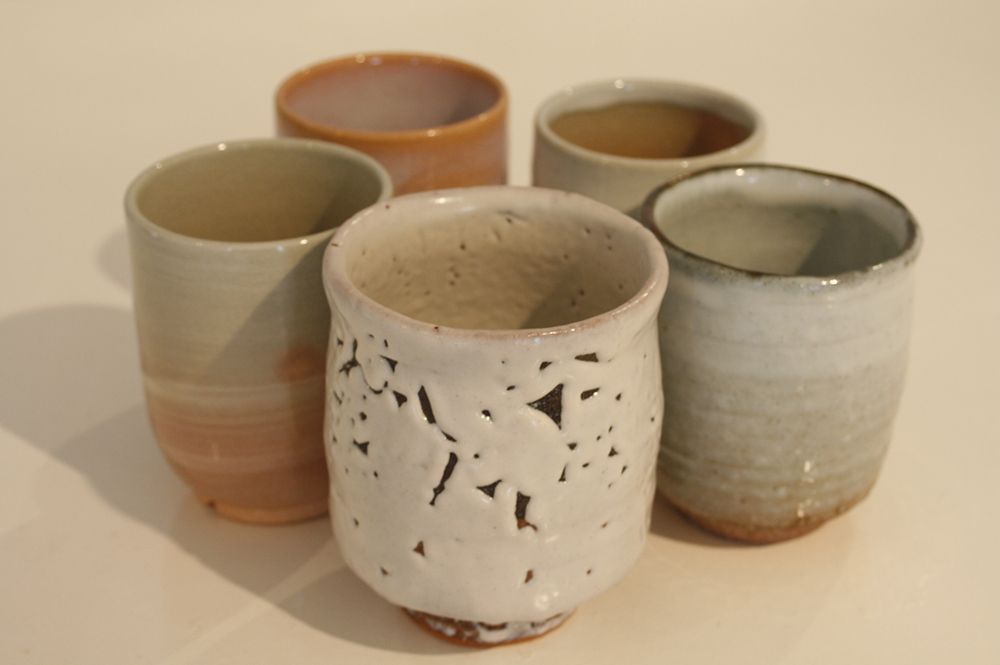
Among the many styles of japanese ceramics, Hagi-yaki is known for its association with tea. Influenced by the decorum of the tea ceremony emerging in […]
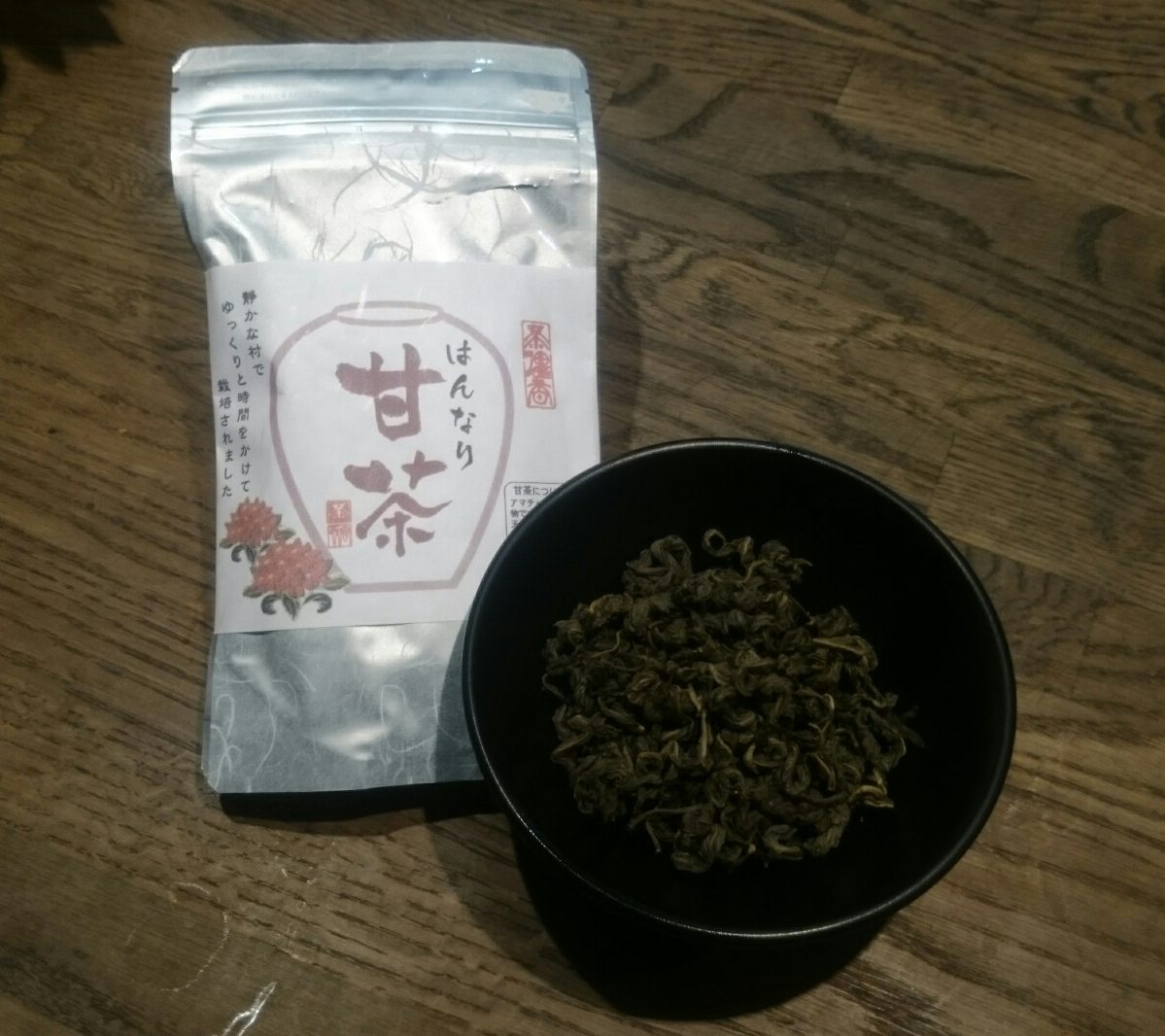
How can something this sweet have zero calories? What is this mysterious healthy tea that is 200 times sweeter than sugar? Sweet herb teas are […]
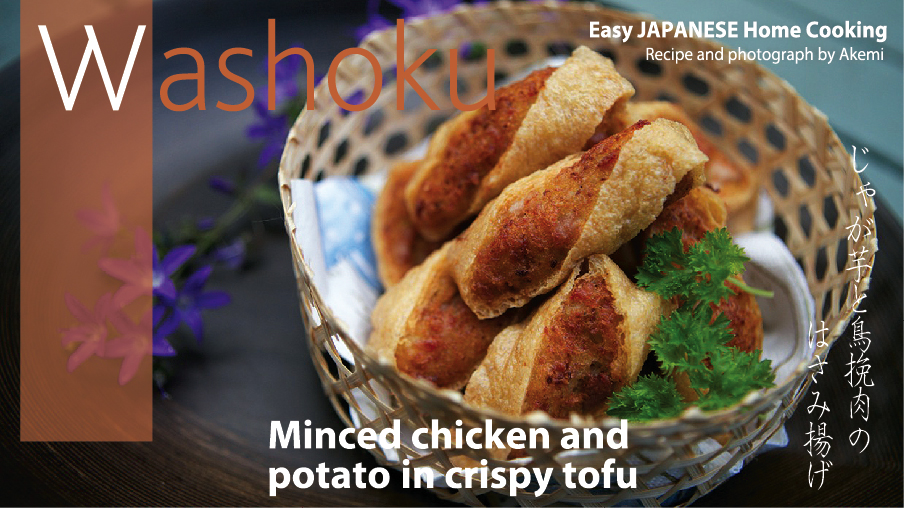
Minced chicken and potato in crispy tofu I acquired the original version of this recipe from my Japanese friend who is a fabulous cook […]
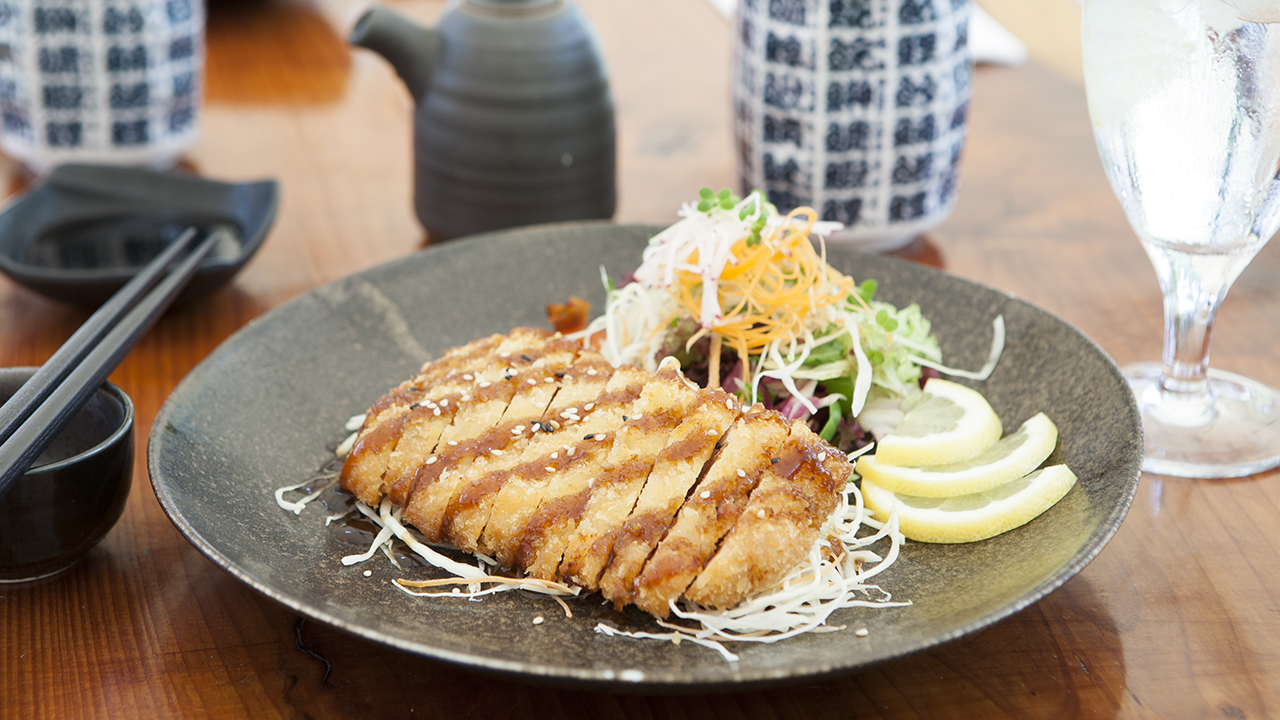
Tonkatsu is not yet popular enough in London for it to be advertised as the main draw for a restaurant. However, it plays a great […]
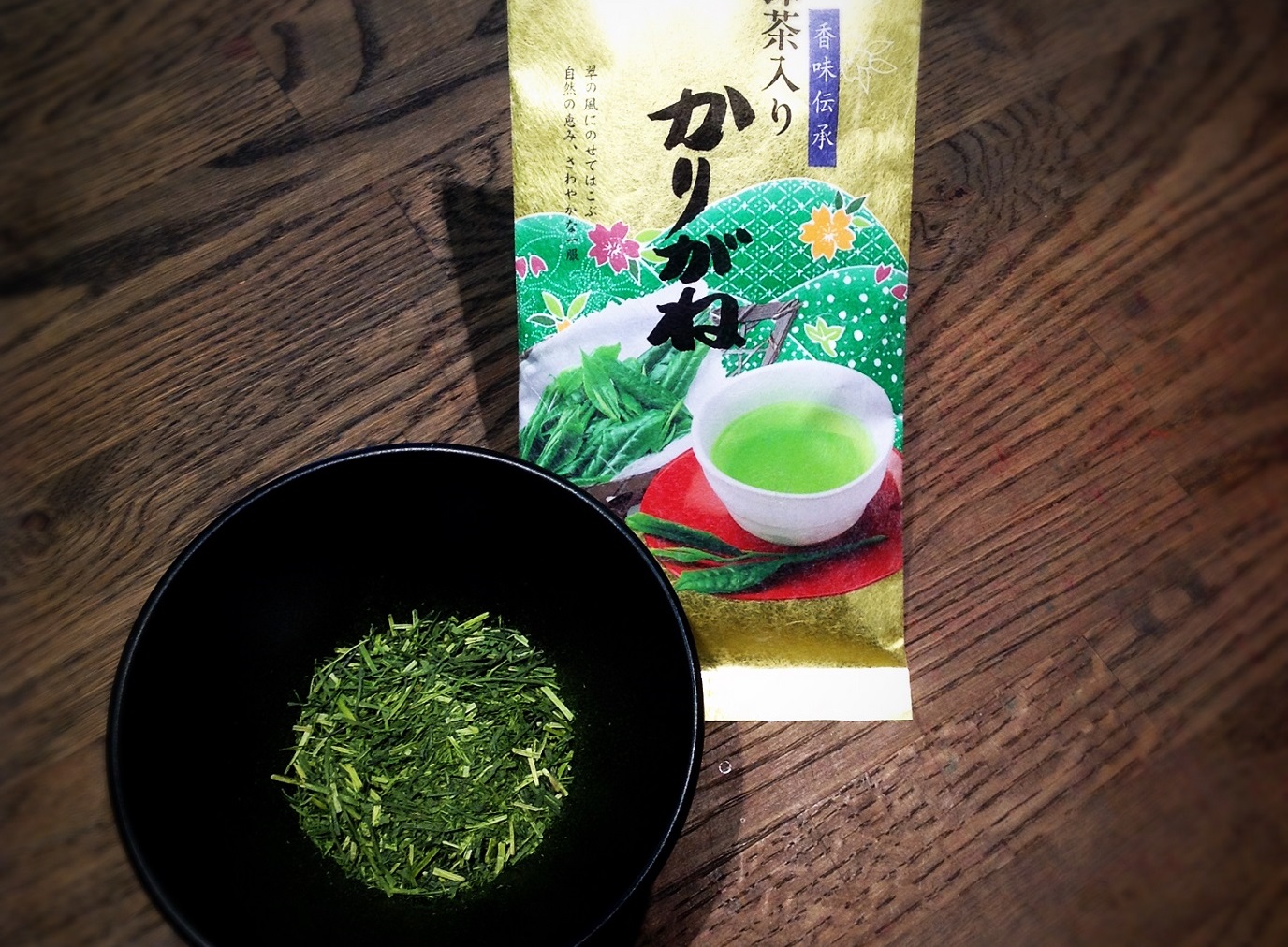
Teas made using the stems left over after the leaves have been taken from a tea plant to make sencha are known as “kukicha” (lit: […]
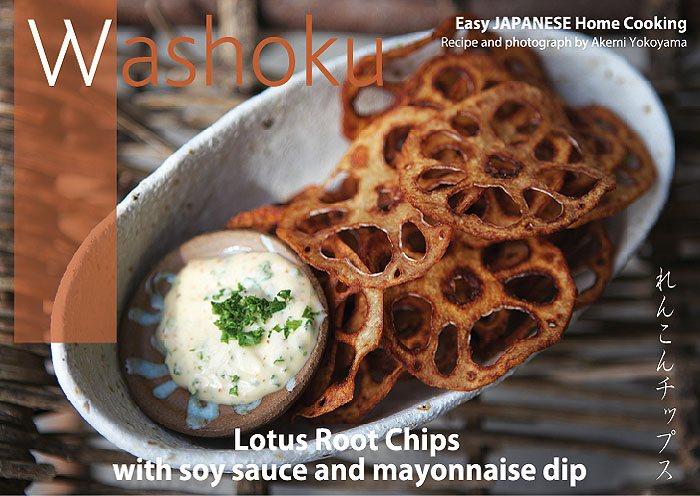
Lotus Root Chips with soy sauce and mayonnaise dip I used to order this dish every time I saw it on a Japanese restaurant […]
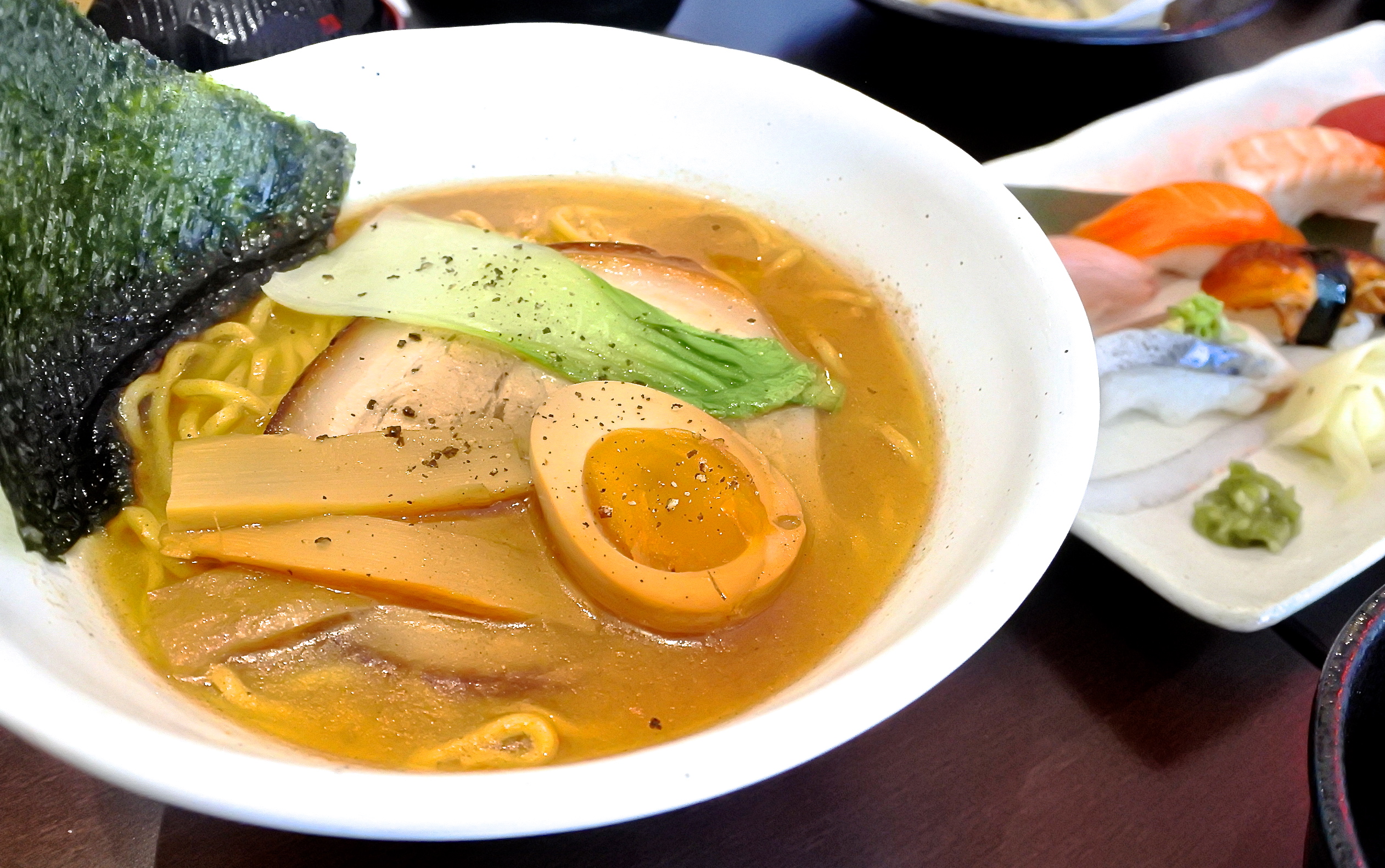
Ramen culture now has firm roots in London, but what is the next step when ramen alone won’t cut it? The culture of eating out […]
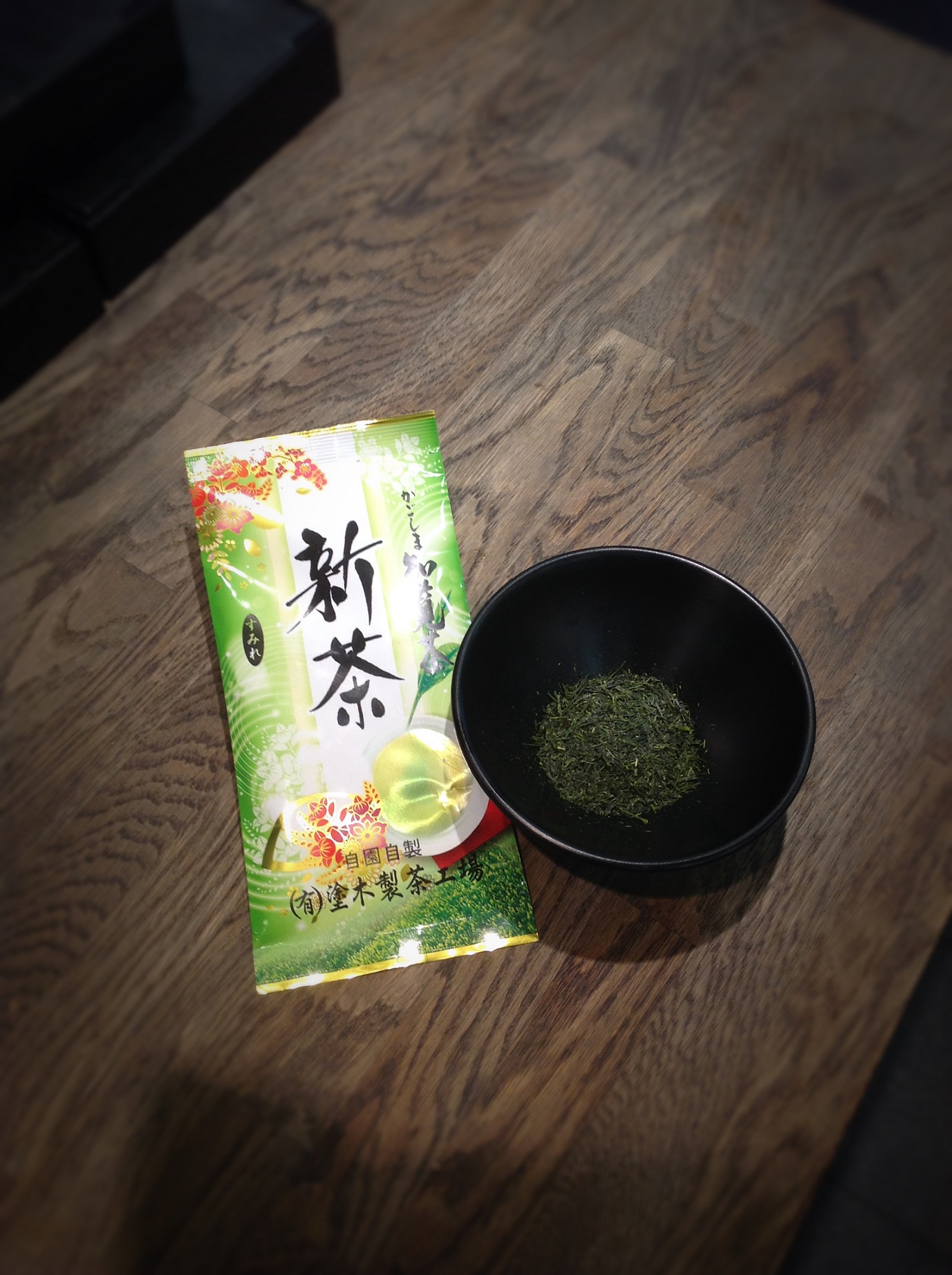
We are now in the season when the year’s first tea crops come in! With Japan being a narrow island running from north to south, […]
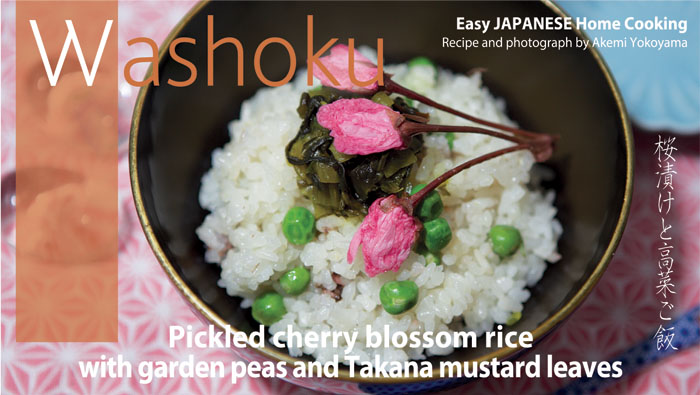
Pickled cherry blossom rice with garden peas and takana Every spring when cherry tree starts blossoming my heart is filled with excitement with anticipation for […]
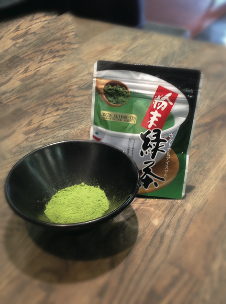
Ikeda’s quality ryokucha proves that not all powdered green tea is the same. In recent years, powdered ryokucha green tea has been highly valued for […]
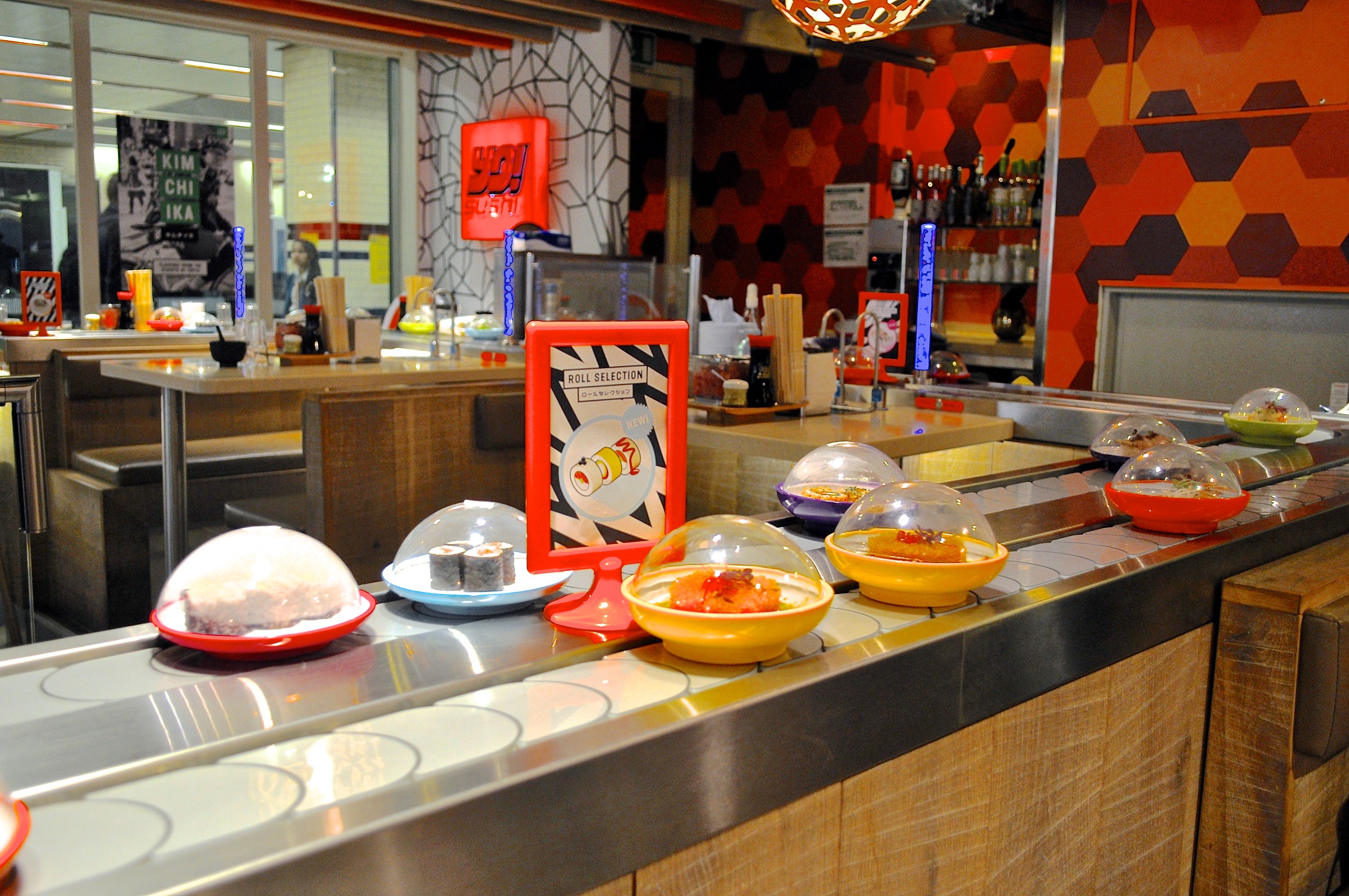
YO! Sushi first appeared in 1997, in London’s Soho, and went on to become the pioneer of conveyor sushi in the west. The dining […]
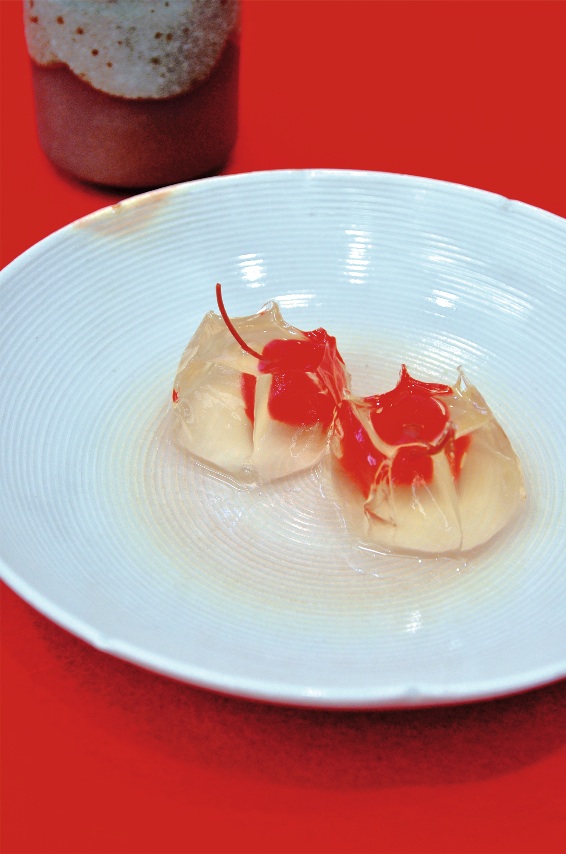
Japanese sweets add colour to the Japanese lifestyle, in harmony with the rhythm of the changing seasons. Let’s take a look at what Minamoto Kicchoan […]
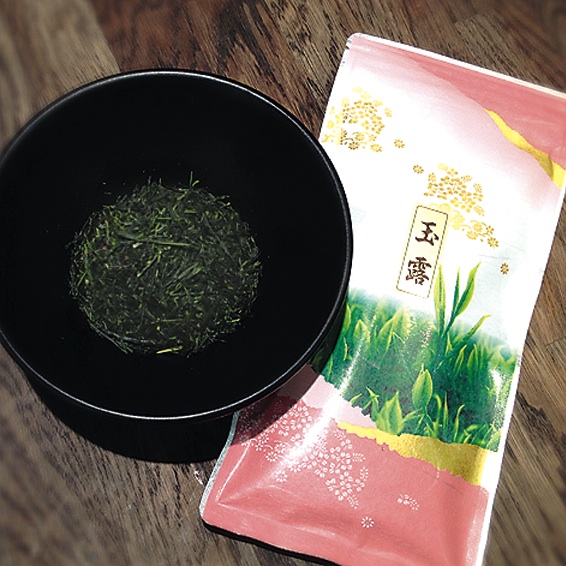
The “gyokuro” blend, first created by tea master Yamamoto Kahei from the town of uji in the Kyoto area, is recognized as the highest value […]
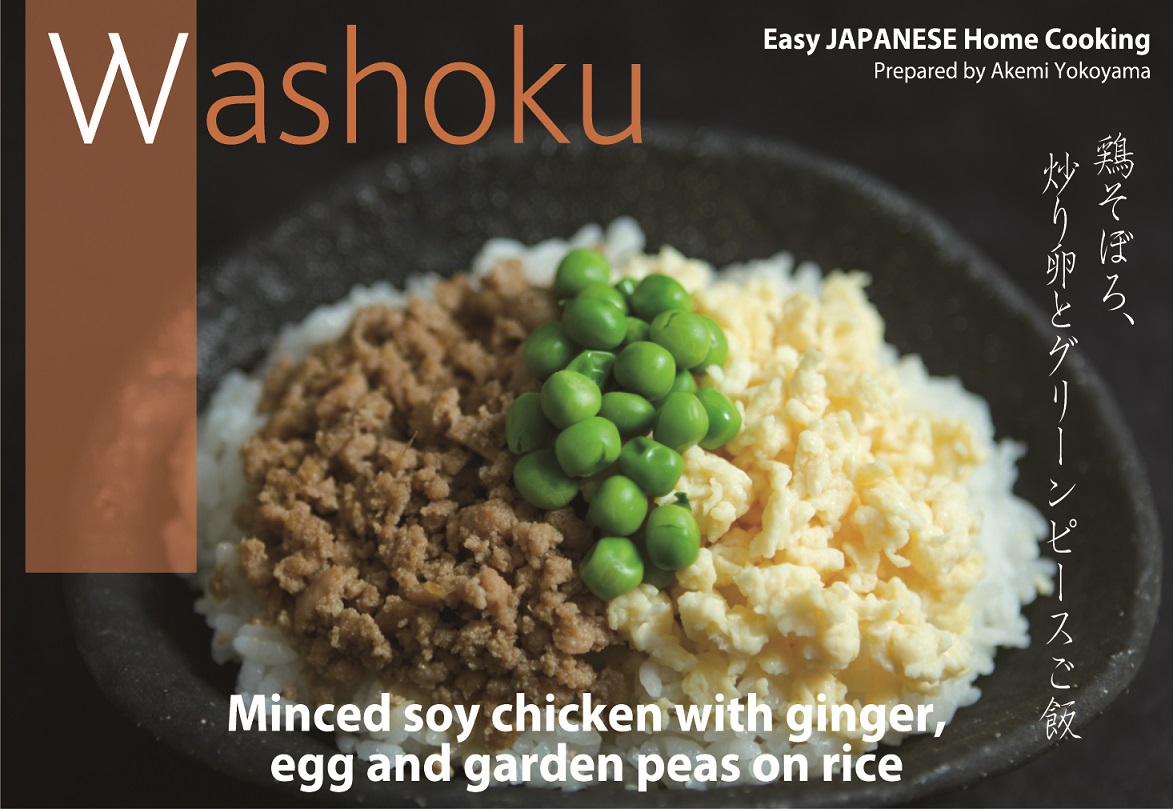
Minced soy chicken with ginger, egg and garden peas on rice This is my all time favourite recipe for bento lunch boxes, particularly if […]
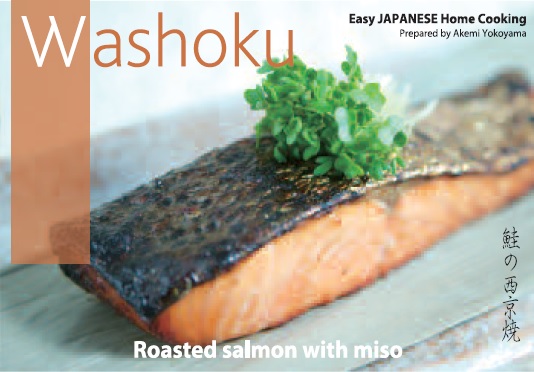
Roasted salmon with miso This is probably the easiest and most delicious Japanese salmon recipe you will ever come across. It is versatile […]
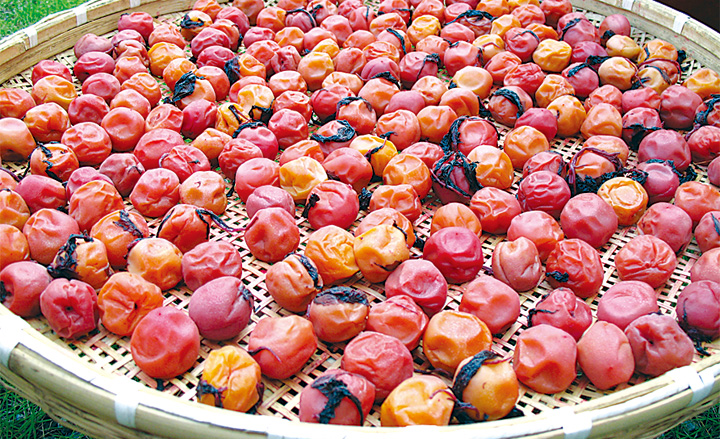
The secret to Japanese cuisine is often found in its traditional ingredients. Ume (plums) are a case in point. If there was a food that […]
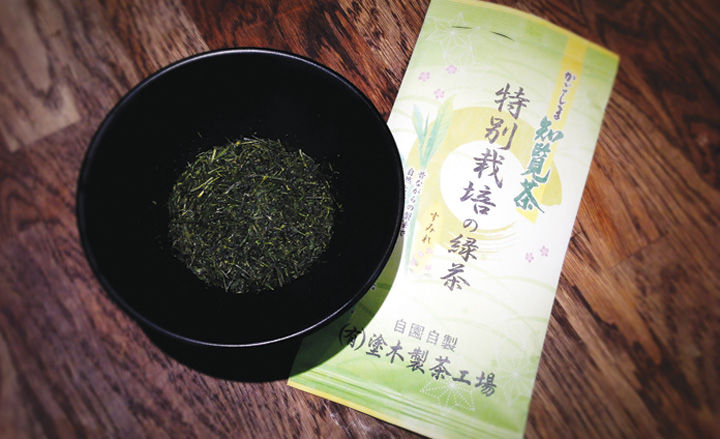
The regular people of Japan started drinking sencha in the edo era (1603 -1868), when the more refined powdered matcha was reserved for the lordly […]
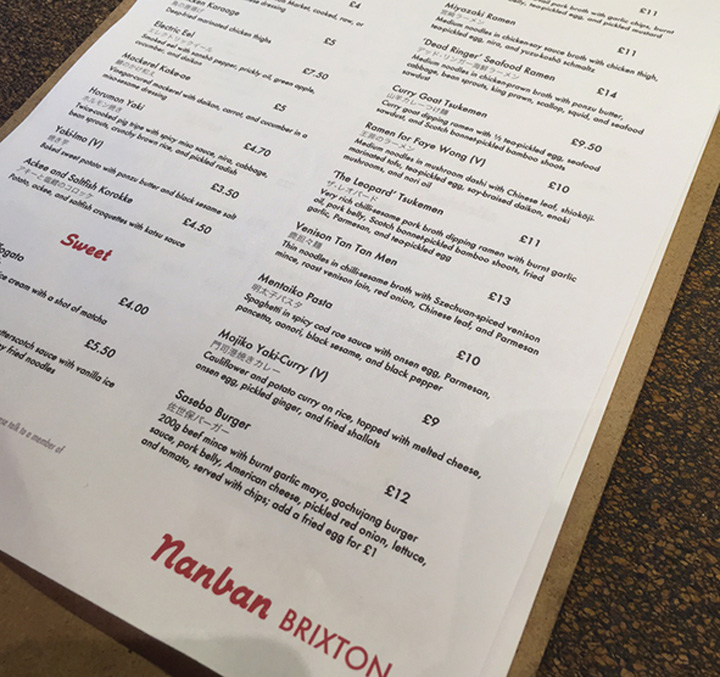
Since it opened last September, Nanban has offered a unique culinary experience to awaken all our senses. Nanban is what the Japanese called the “southern […]
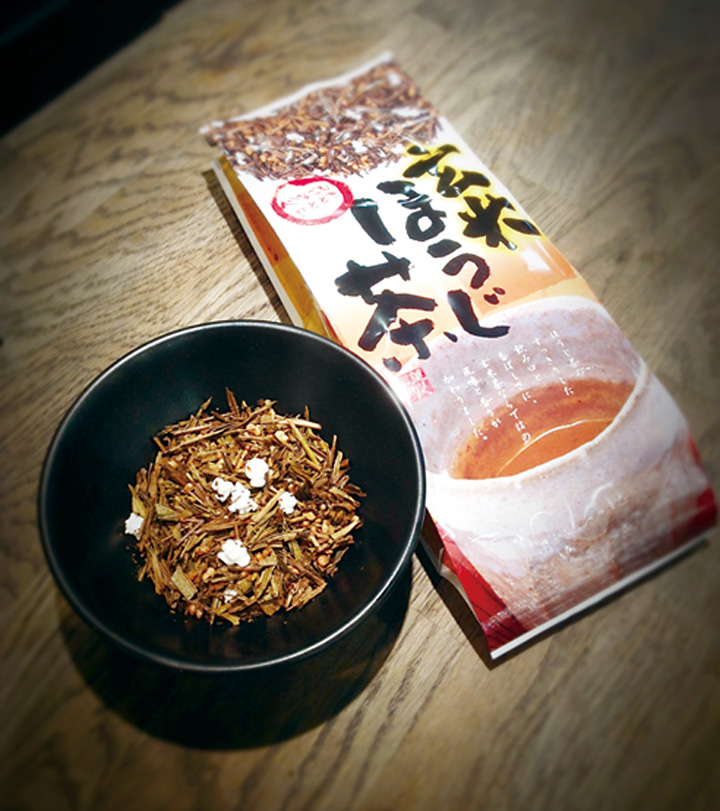
* We would like to apologize for the type mistake in the printed version. The correct spelling is “hojicha” not “hoijicha” Genmai Hojicha (Roasted green […]
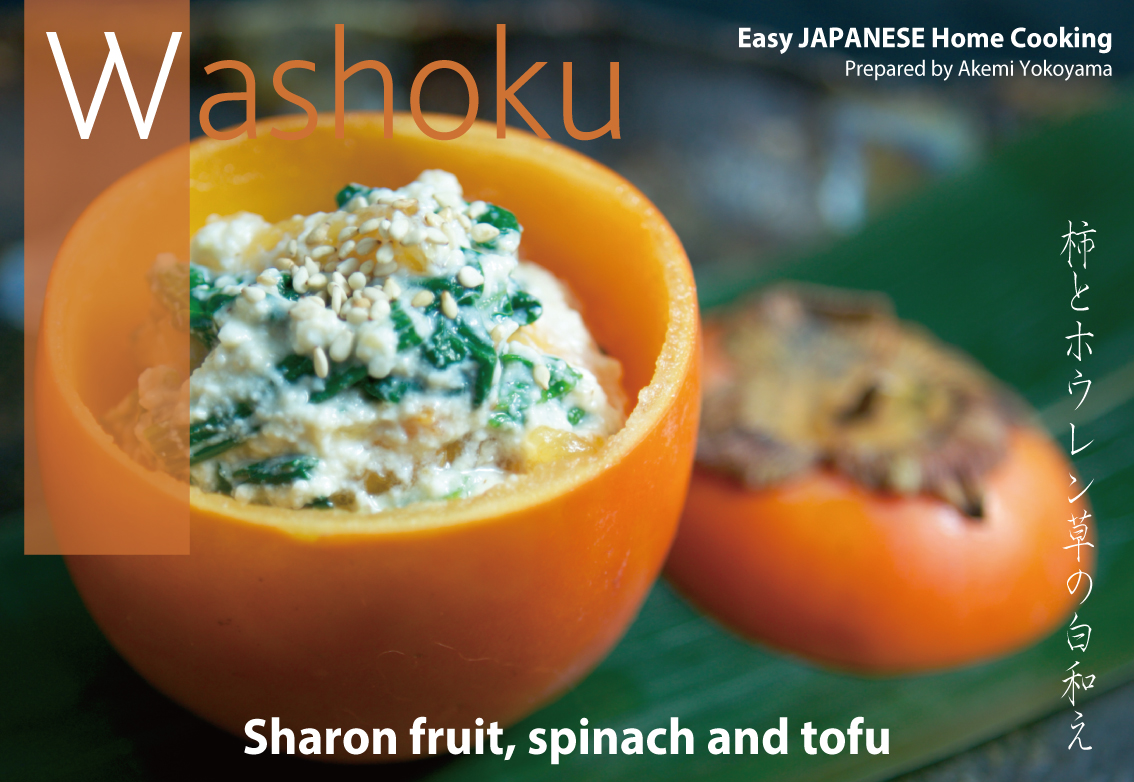
Sharon fruit, spinach and tofu This is one of my favourite dinner party dishes for anyone who likes healthy eating. I recently demonstrated this […]
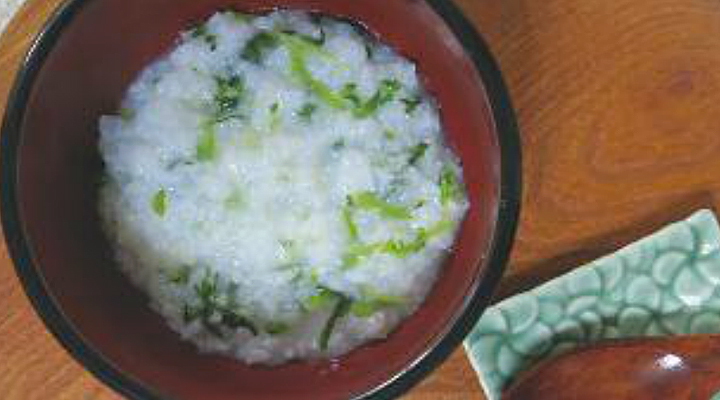
The Japanese round off the excesses of the New Year period with seven seasonal herbs, a tradition dating back over 700 years. Over the last […]
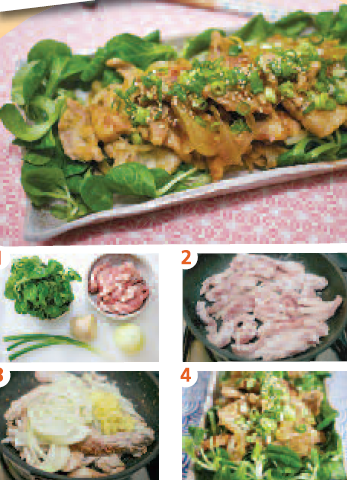
Ginger Pork My mother used to cook this dish and I loved it. It is a popular dish served in set-menu lunches around Japanese […]

It’s finally december – ’tis the season to be jolly so they say! In this month’s column I would like to introduce the very special […]
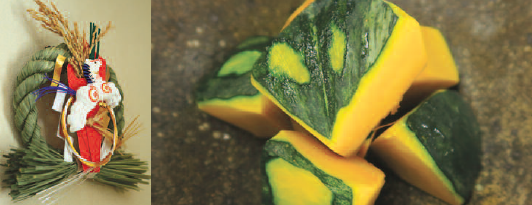
December sees the winter solstice, New Year’s Eve and seeing in the New Year itself In December, the people of Japan are traditionally very busy […]
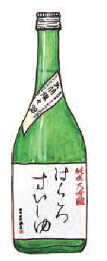
It’s november and this month I would like to introduce a fine brew called “Hakurosuishu Junmai Daiginjo” from Tsuruoka city, Yamagata prefecture. Koji mould is […]
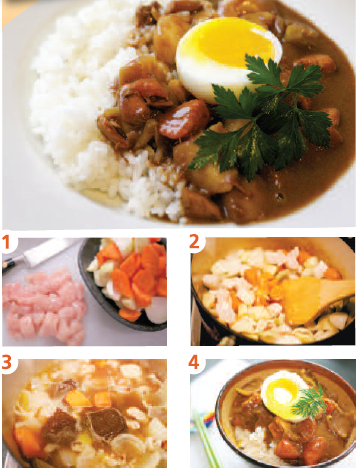
Japanese Chicken Curry with Rice Japanese curry is sweet and mildly spicy, full of flavour and just the right intensity. Of course you can […]
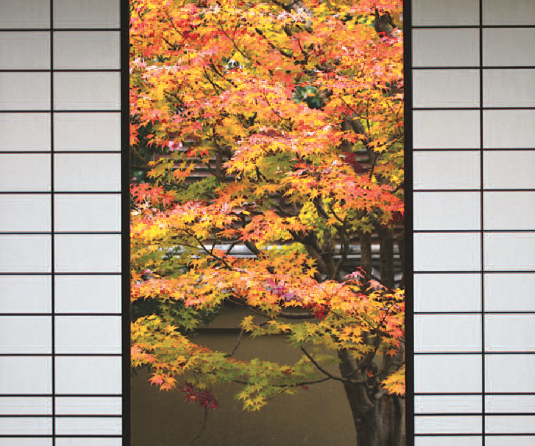
November sees the people of Japan searching out autumn leaves and celebrating three big milestones of childhood. November is the time of year to enjoy […]
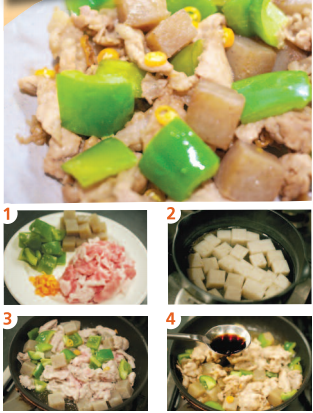
Chilli Pork with Green Pepper and Konnyaku If you are looking for something different, why not try konnyaku? This Japanese superfood is made from […]
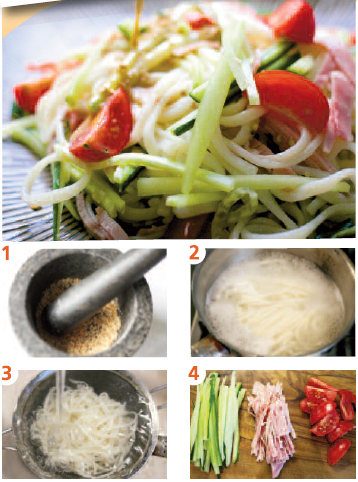
Udon noodle salad with crushed sesame seeds and miso dressing Japanese people prefer to eat cold noodles during the warm months. Japanese summer can […]
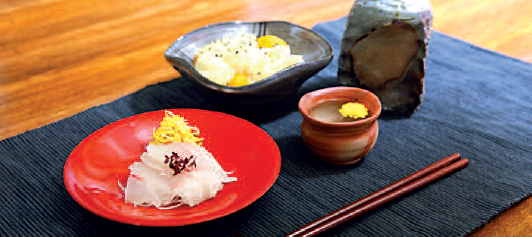
October sees many people in Japan pinning their hopes for a long and hale life on the delicate blossoms of the chrysanthemum. The last of […]
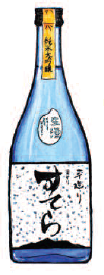
It’s finally September and this month I would like to introduce “stella Junmai Daiginjo” from a new sake brewery situated in Tsukuba city, Ibaraki prefecture. […]
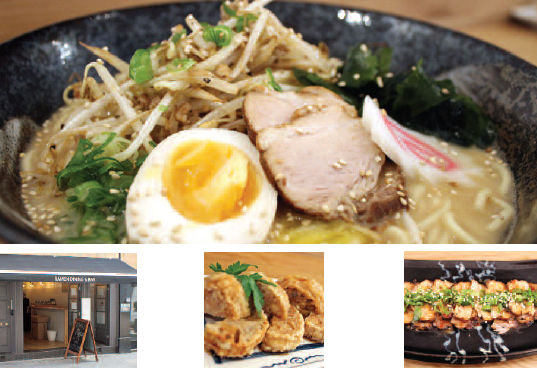
Ramen, ramen, ramen, ramen, ramen. Five choices of soup make for a tasty trip to Muga. The latest arrival on the growing London nooble bar […]
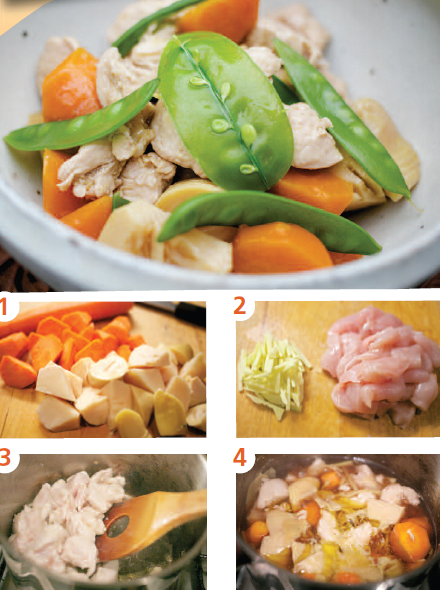
Chicken and Bamboo Shoots with Soy Sauce and Ginger Lovely hot or cold, it’s a one-pot dish very simple to make. The combination of […]
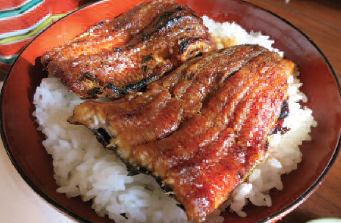
Midsummer day of the ox July: “For today is the midsummer day of the ox!” The beginning of July marks the changing of the seasons, […]

It’s June, and the atmosphere of early summer is finally approaching, as blue skies fill our days with extended sunshine. It is a season to […]
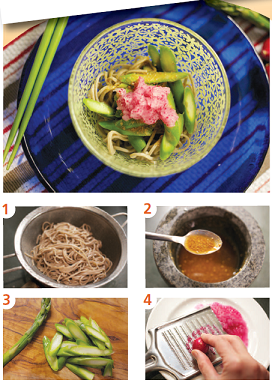
Soba Salad with Asparagus and Grated Breakfast Radish Soba noodles are traditional Japanese noodle made with buckwheat flour, and are widely considered a super-foods […]
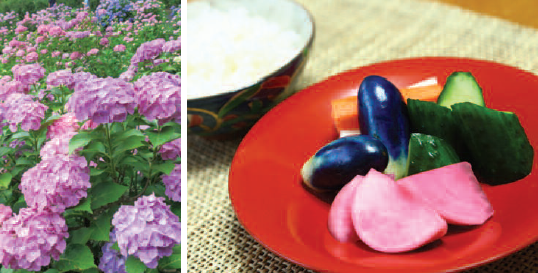
June: A tasty snack to help get through Japan’s offensive rainy season Once the bright and pleasant sunny weather of May has passed, the humidity […]

It’s May! Finally, a time for relaxing and soaking up some sun with family and friends. Opportunities to enjoy food, drink and company outside have […]
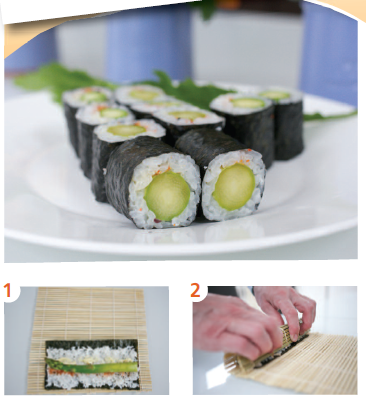
Asparagus Rolls with Mayonnaise and Japanese Seven-Spice May is the season for English asparagus. I often pick my own in the local PYO and […]
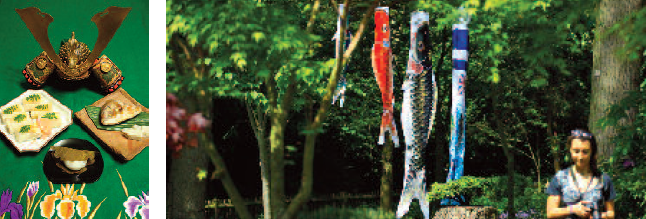
Tango-no-sekku (children’s Day) We celebrate ‘Tango-no-sekku’, a day dedicated to the health and happiness of all children. May the 5th is a day called ‘Tango-no […]
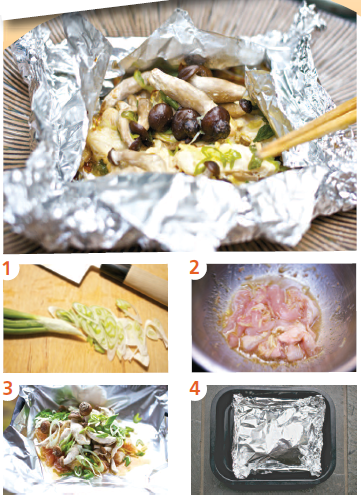
Steamed Chicken and Shimeji Mushroom in Foil with Miso and Sake Whoever has created the idea […]
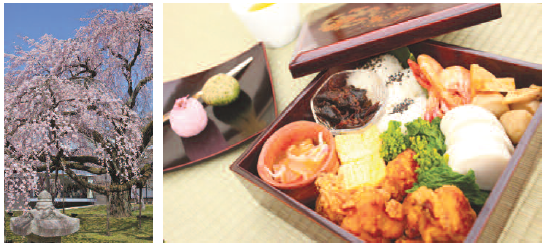
Hanami April means Hanami, a festival more compelling than a beautiful blossom… The cherry blossoms that spring into bloom around the start of April, and […]

Ginjo – unlike that of many others At long last the cold nights have finally ended and we are trasitioning into spring. With the change […]
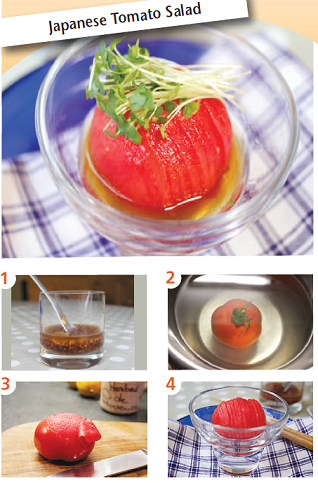
Japanese Tomato Salad Fancy making an extremely simple but utterly delicious Japanese salad dressing? I love […]
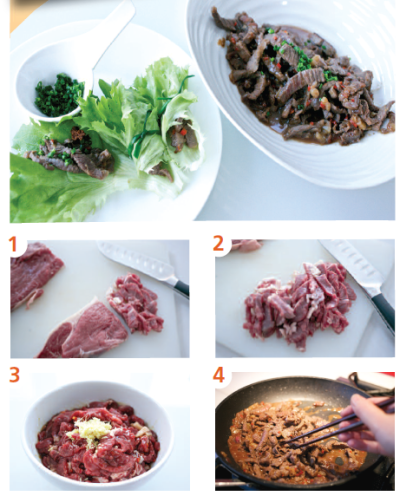
Spicy Yakiniku wrapped in lettuce with miso and chives Japanese barbeque, known as ‘yakiniku’, goes far […]
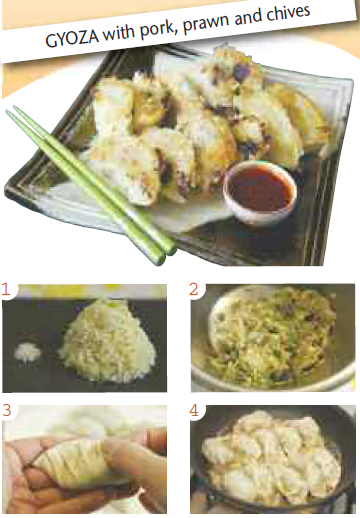
Gyoza with pork, prawn and chives Gyoza is a kind of pan-fried dumpling that is typically […]
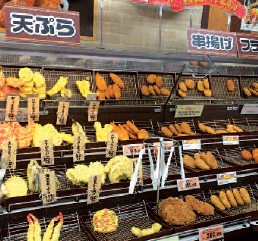
Madam is served Maeda Haruyo doesn’t always have time to cook, but just like many other women, she’s found a clever remedy to this. Daily […]

A delightful tipple for a great price More than 10 years have passed since I came to London. There used to be a very limited […]
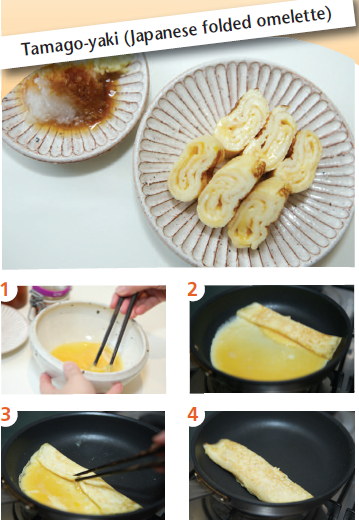
Tamago-yaki (Japanese folded omelette) Sweet and lightly textured, Japanese omelette, or ‘Tamago-yaki’, is a popular sushi […]
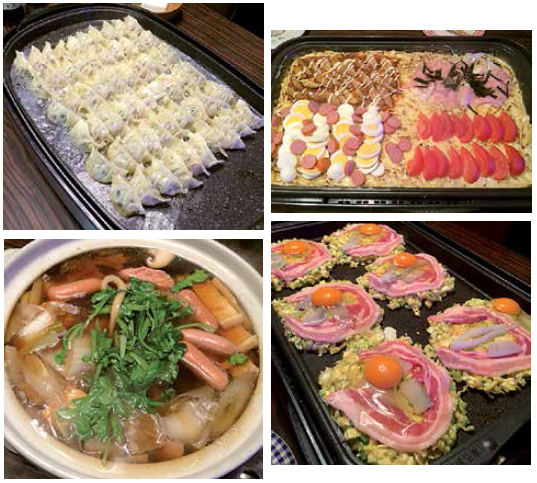
Great dishes on a hot-plate When she invites guests over, Maeda Haruyo is never short of ideas to entertain and please them. What do you […]
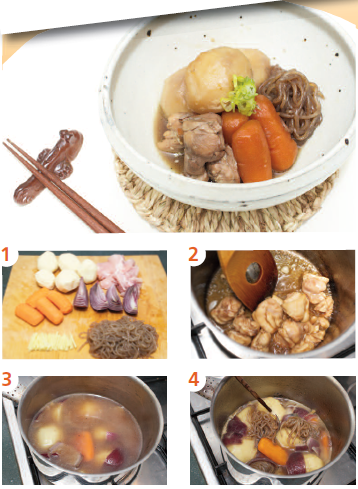
Chicken Nikujyaga (Japanese stew of chicken, vegetables and shirataki noodles) Nikujyaga is the heart of Japanese […]
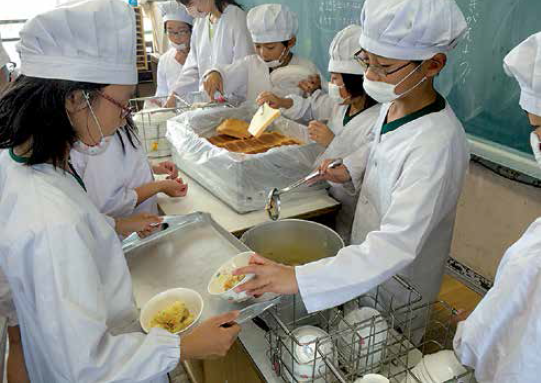
Time to eat! In Japan, one learns at a very young age that food is a serious matter. Maeda Haruyo takes us back to school. […]
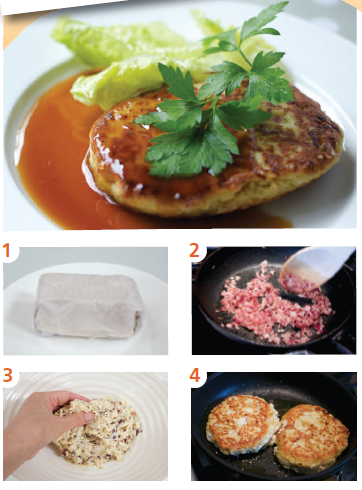
Tofu Teriyaki Burger Whether you are a vegetarian or an omnivore, tofu is a healthy and versatile […]
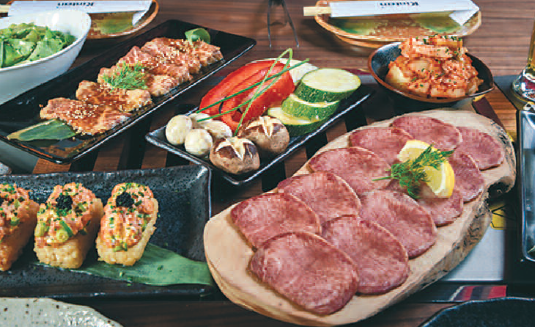
Heat, Meat, and Umami 2/2 Explore the luscious, meaty world of Japanese-style yakiniku at newly opened Kintan in Chancery Lane. Through an elegantly understated doorway […]
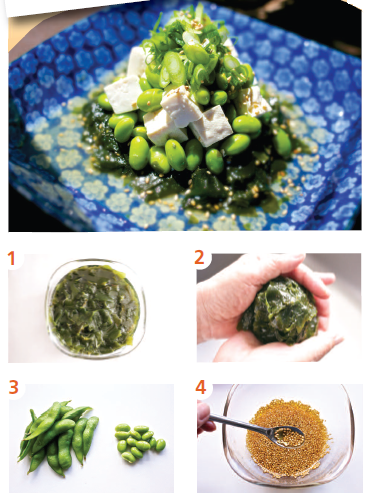
Tofu, Edamame and Wakame salad with Yuzu dressing This simple oriental salad went down a storm […]
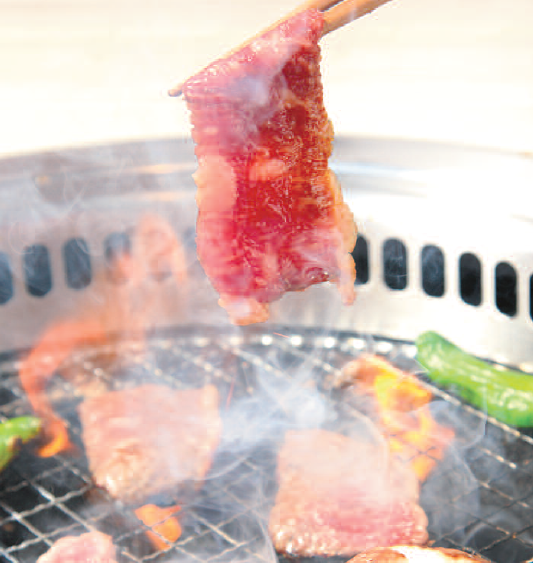
Yakiniku, the next food boom Everybody knows about sushi and ramen, but there is also another intriguing type of Japanese restaurant to discover. Sushi and […]
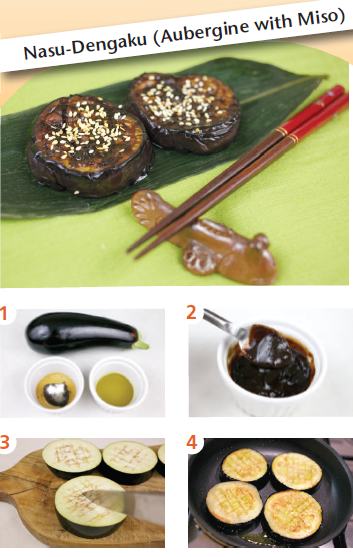
Nasu Dengaku (Aubergine with Miso) Dengaku is a style of Japanese cooking with sweetened miso paste. […]
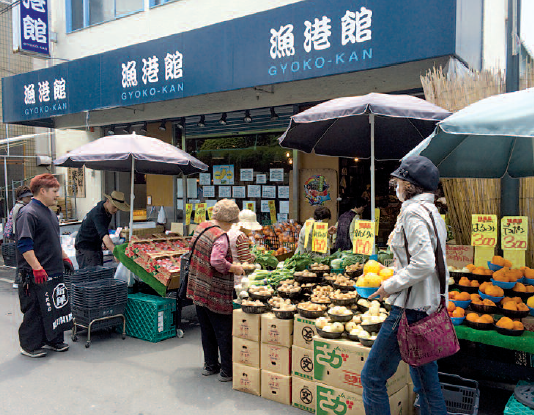
It’s time for kaimono Maeda Haruyo has lived in Europe for a long time. She tells us what it’s like to feed her family in […]
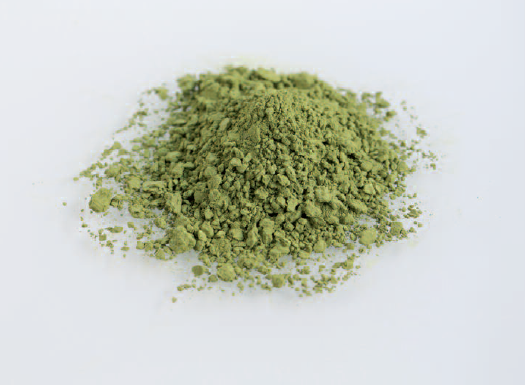
Matcha is 100% natural Considering it as a sort of superhero amongst teas, Louise Cheadle gives us a lesson about this wonderful green powder. Matcha […]
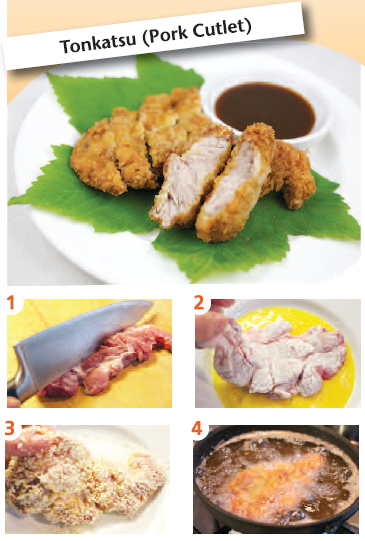
Tonkatsu (Pork cutlet) When tonkatsu met curry ‘pork katsu curry’ was born. What you may not […]
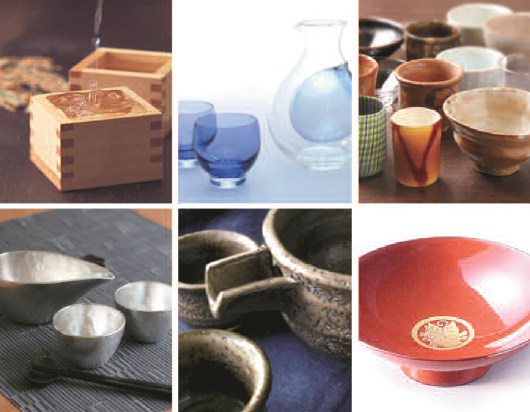
For Sake’s Sake – Part 3/3 Kikuya Natsuki, director of the Museum of Sake, continues our journey into the fascinating world of sake. In this, […]
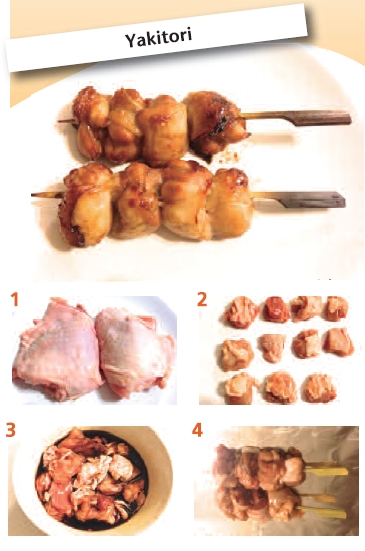
Yakitori Succulent cubes of diced chicken put on bamboo skewers and grilled over charcoal, yakitori with […]
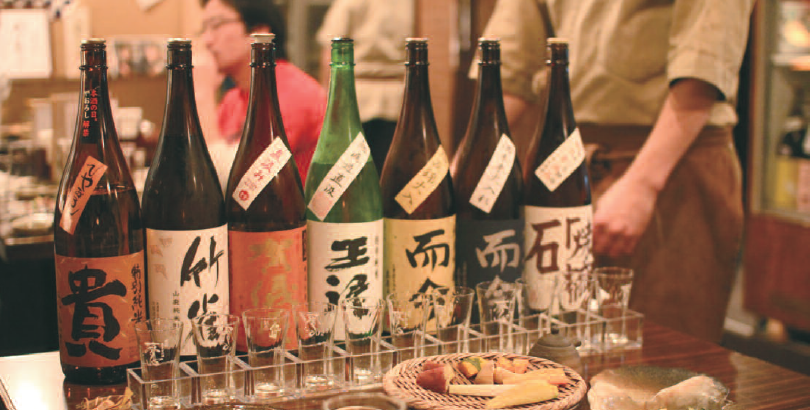
For Sake’s Sake – Part 2/3 Kikuya Natsuki, director of the Museum of Sake, continues our journey into the fascinating world of sake. In this, […]
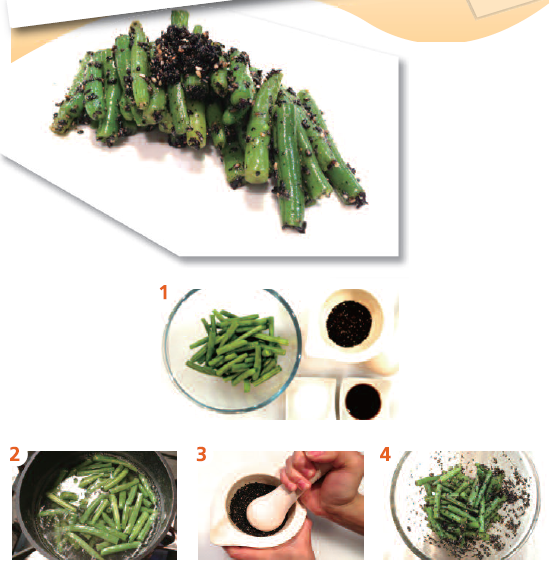
French Bean with Black Sesame Seed Rich in vitamins and minerals, sesame seeds are crunchy and […]
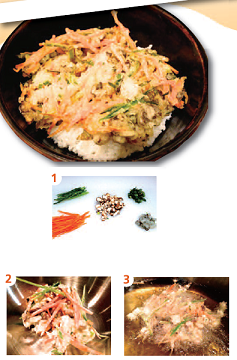
Kakiage-don (prawn & vegetable fritters on rice) Kakiage-don is a type of tempura in which several […]
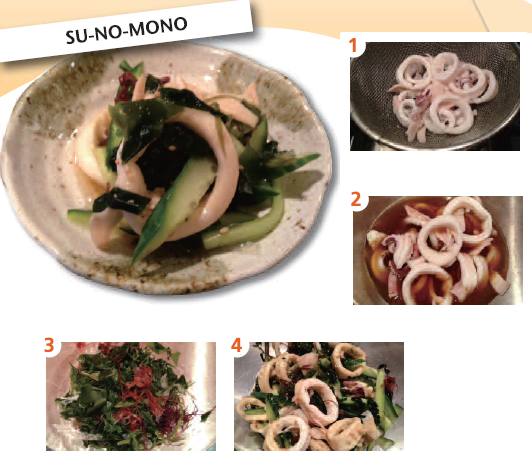
Su-no-mono The ultimate pallet cleanser, ‘su-no-mono’ is an understated gem of Japanese cuisine. Refreshing and healthy, it […]
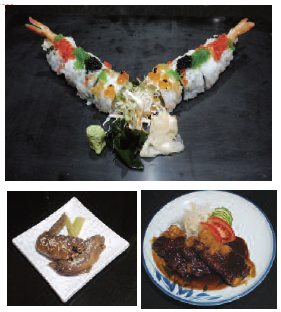
A taste of Nagoya Throughout Japan there are regional specialities alongside common dishes which can be found all over the country. ‘Nagoya Restaurant’, located n […]
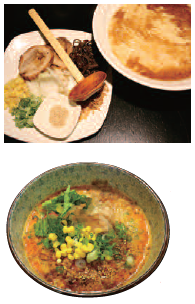
Winter warmers The owners of the quite splendid Cocoro in Marylebone have just opened a sister restaurant in Holborn on Coptic Street. It is more […]
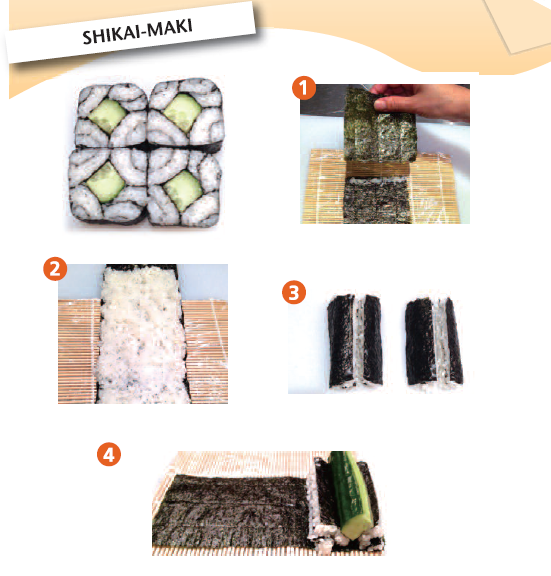
Shikai-maki If you are looking for a dish to impress at your dinner party, look no […]
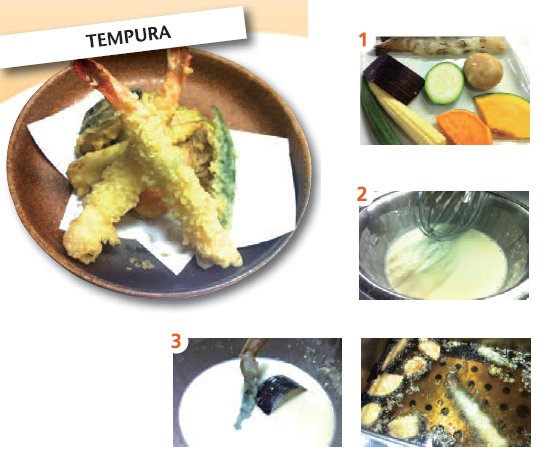
Tempura Deep fried seafood and vegetables in a super light and crispy batter, Tempura distinguishes itself from […]
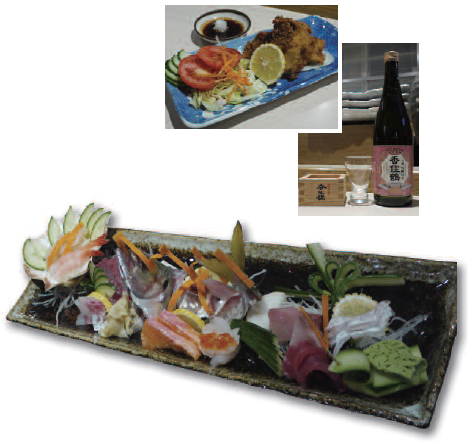
The city’s hidden gem Tucked away among the diamond shops of Hatton Gardens in central London lies a hidden Japanese gem. ‘Tajima-Tei’ restaurant is on […]
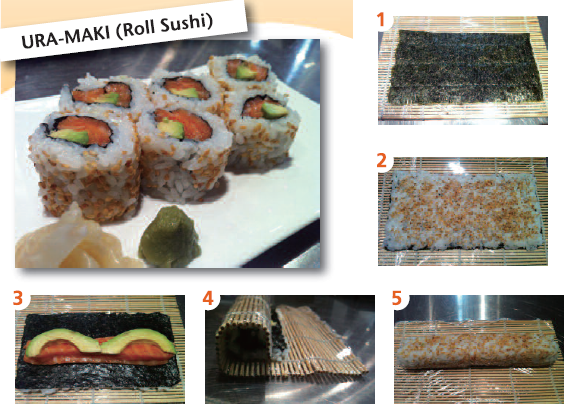
Ura-maki (Roll sushi) Have you ever wondered what it would be like to make your own sushi at […]
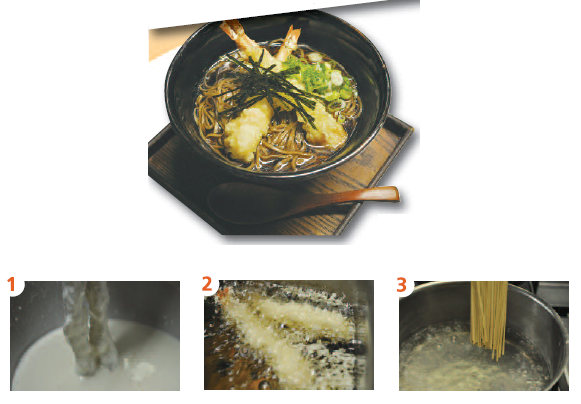
Tempura-Soba (Deep fried prawns and vegetables in batter with soba noodles in a hot broth) Perhaps one of […]
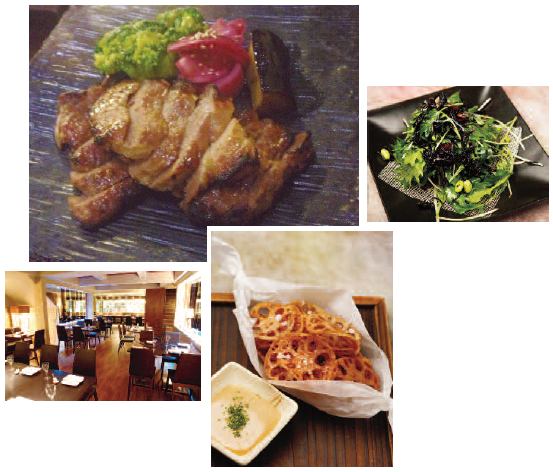
So much fusion So restaurant is a Japanese fusion restaurant hidden in the black alleys of Piccadilly Circus. It serves modern Japanese food fused with […]
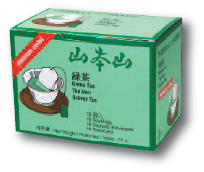
Time for tea Intoducing to the UK for the first time nationally one of the original brands of Japanese tea to the UK, Yamamotoyama Green […]
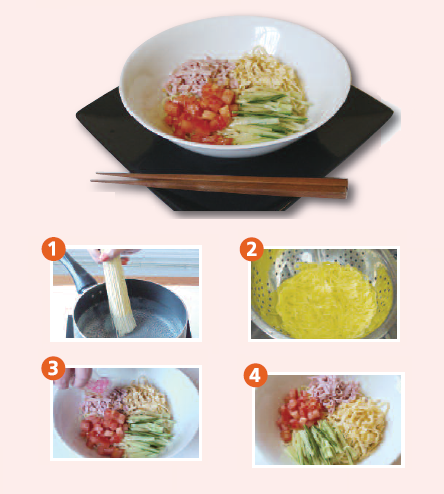
Hiyashi chuuka (chilled Chinese style noodles) Japan has many dishes that are linked to particular seasons throughout the year. The summer in Japan can get […]
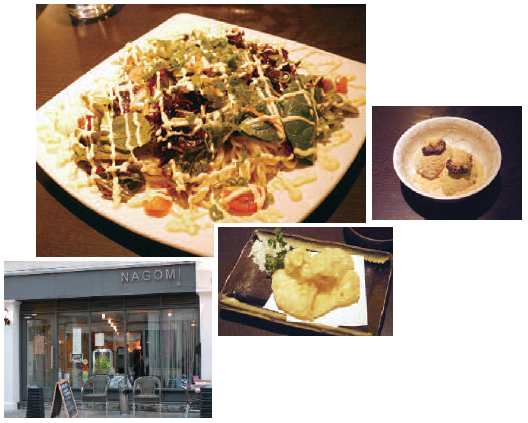
Harmony in Mayfair Tucked away among the bustle and boutiques of London’s Mayfair on a side street lies a Japanese restaurant called Nagomi that is […]
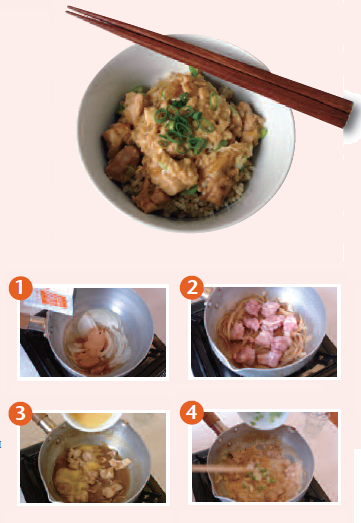
Oyako Donburi The family of popular Japanese dishes widely known as “donburi mono” consists of a bowl […]
Copyright © 2025 | WordPress Theme by MH Themes